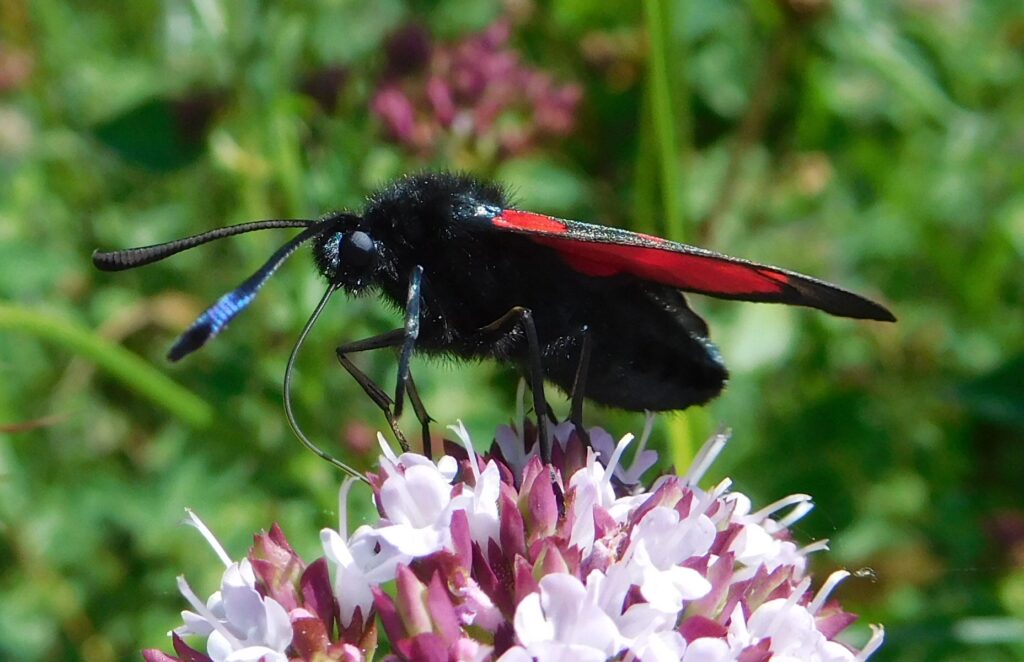
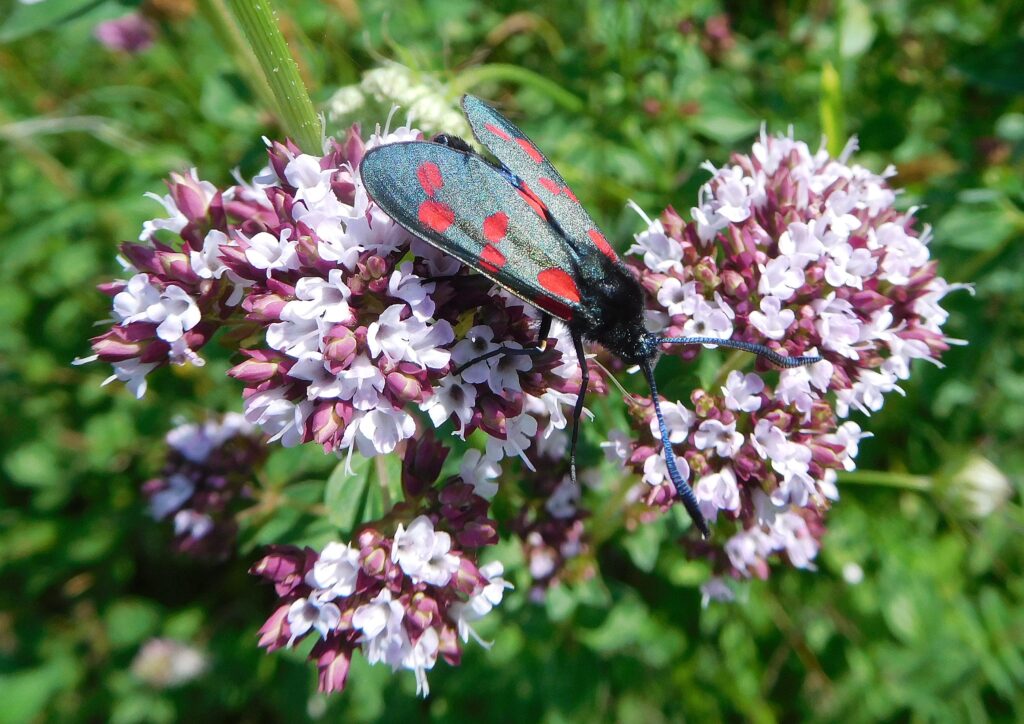
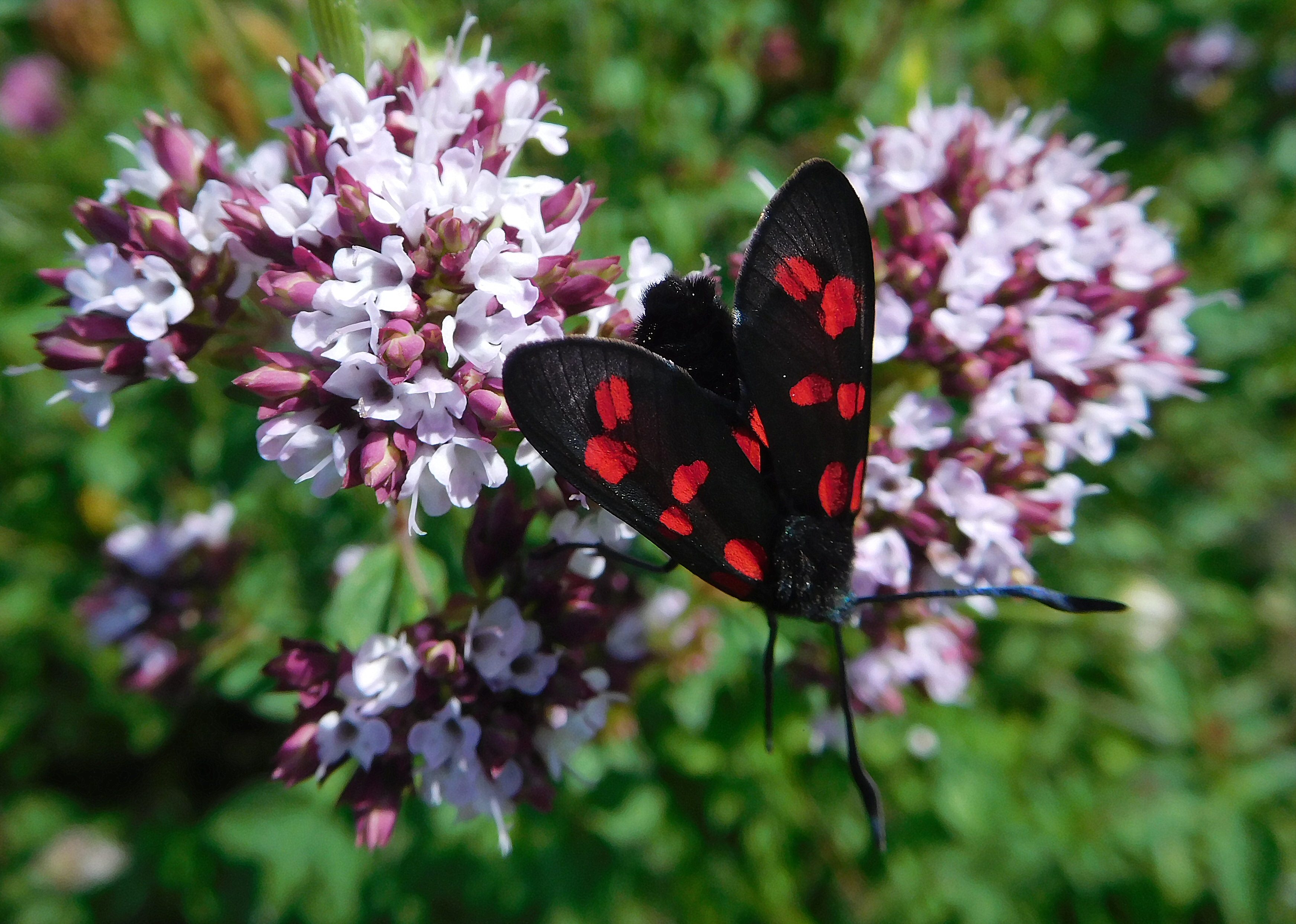
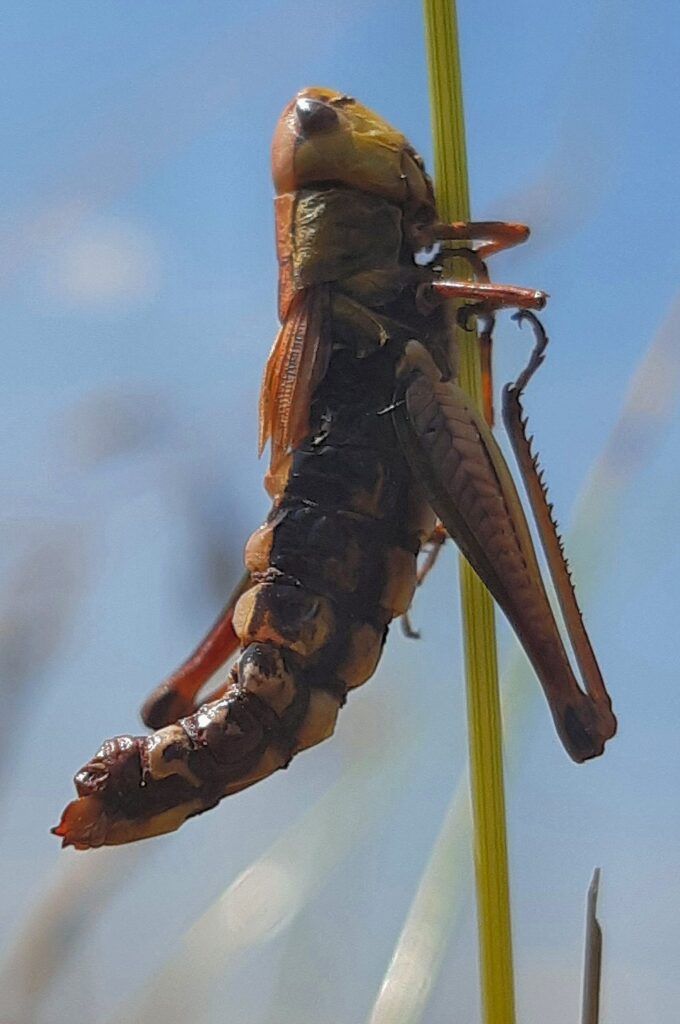
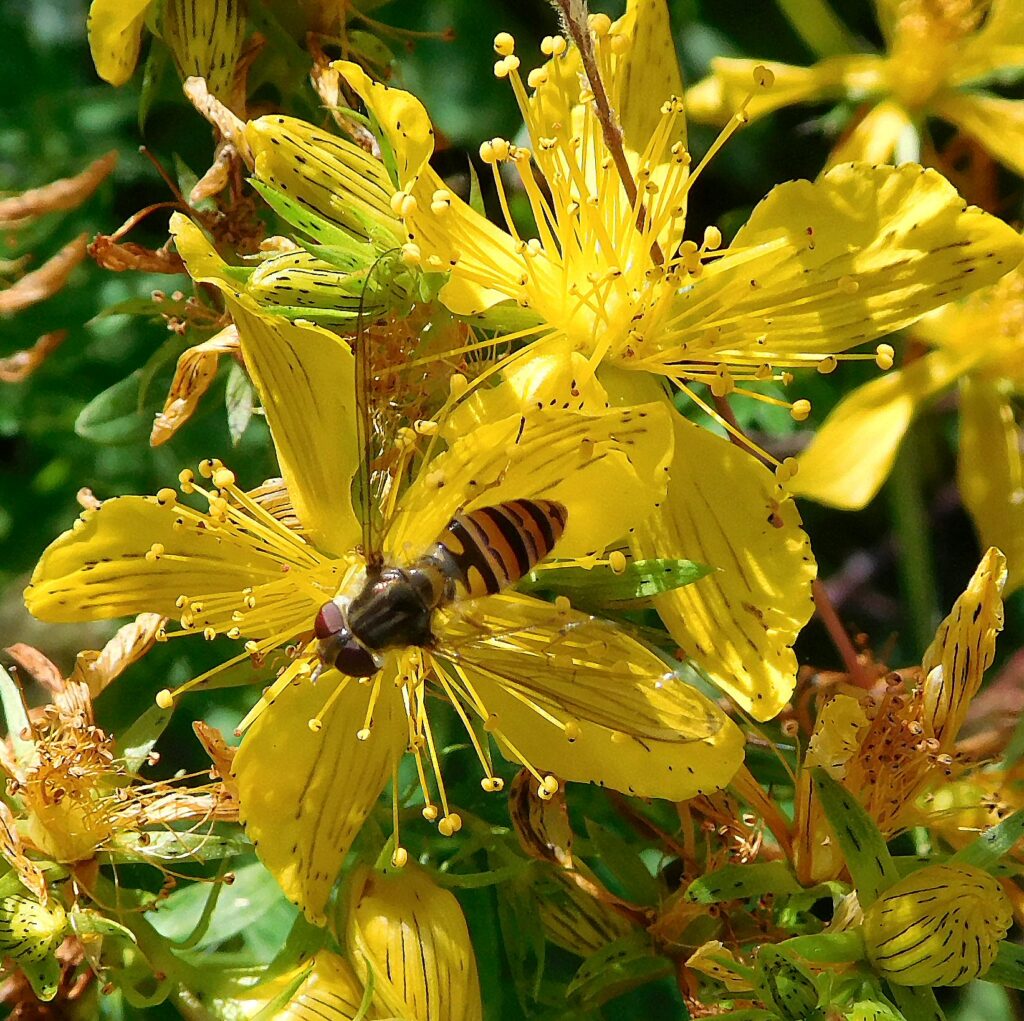
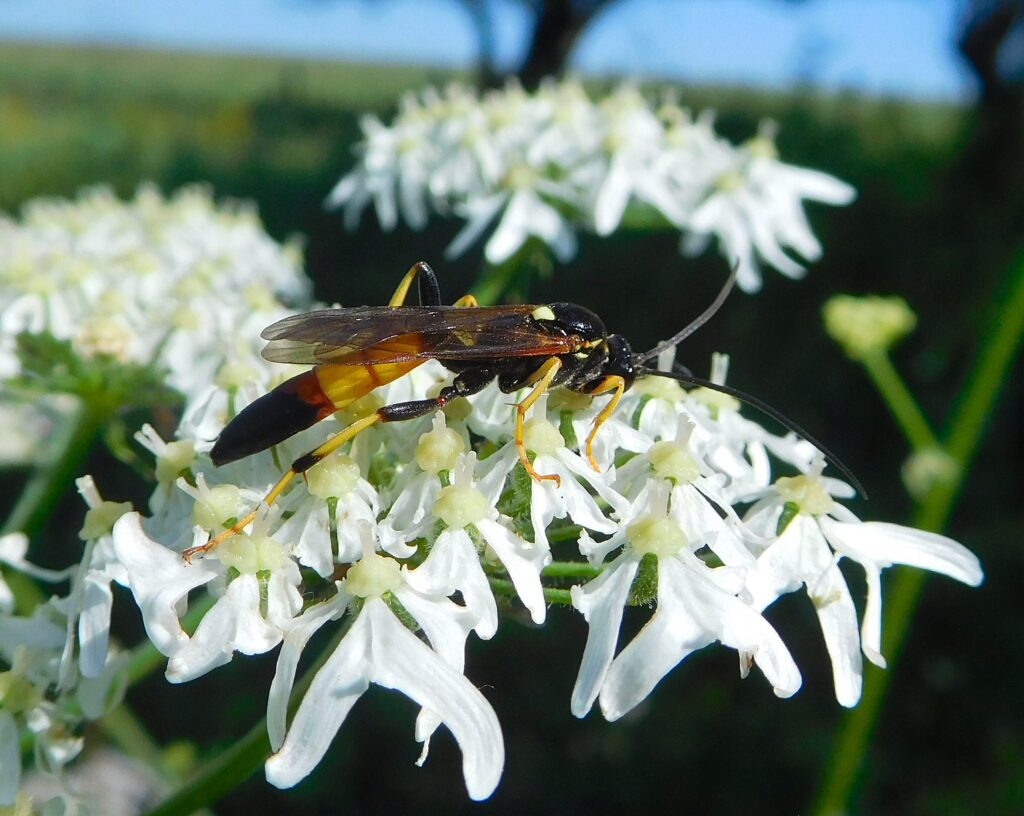
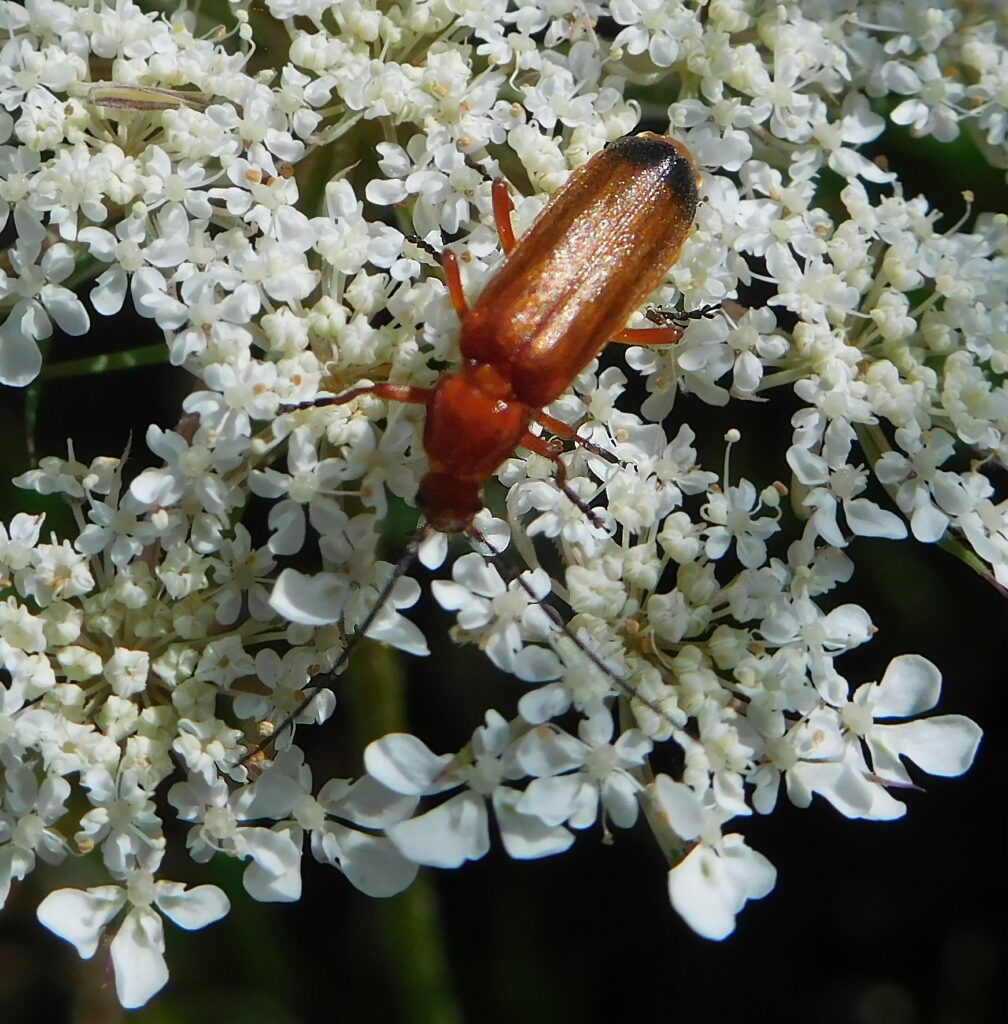
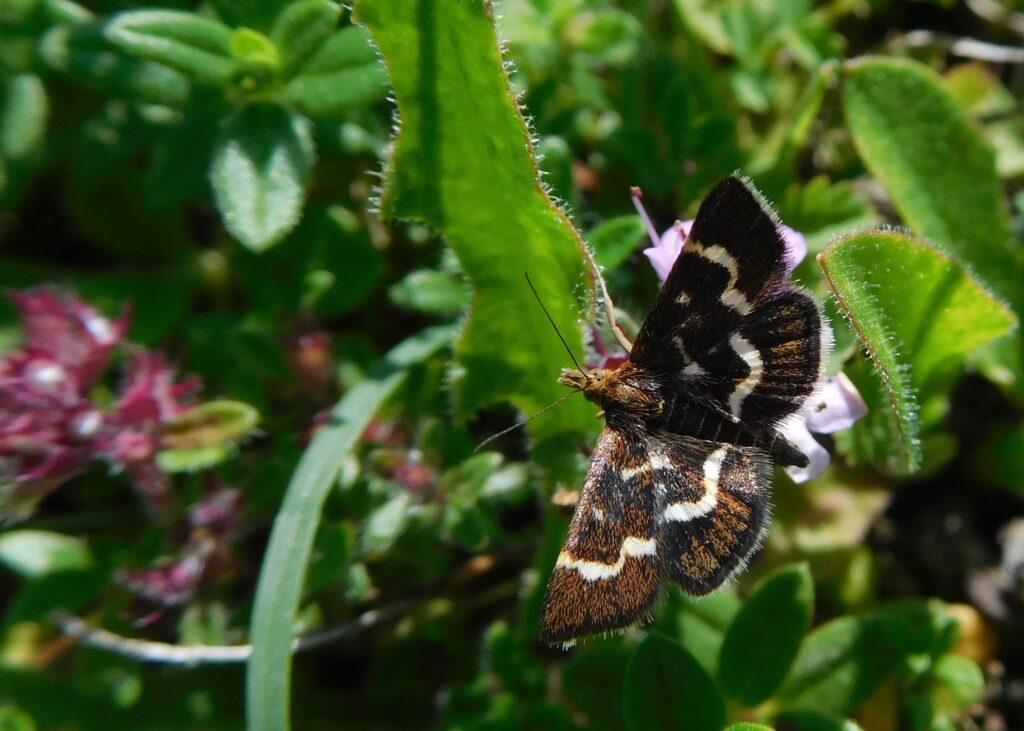
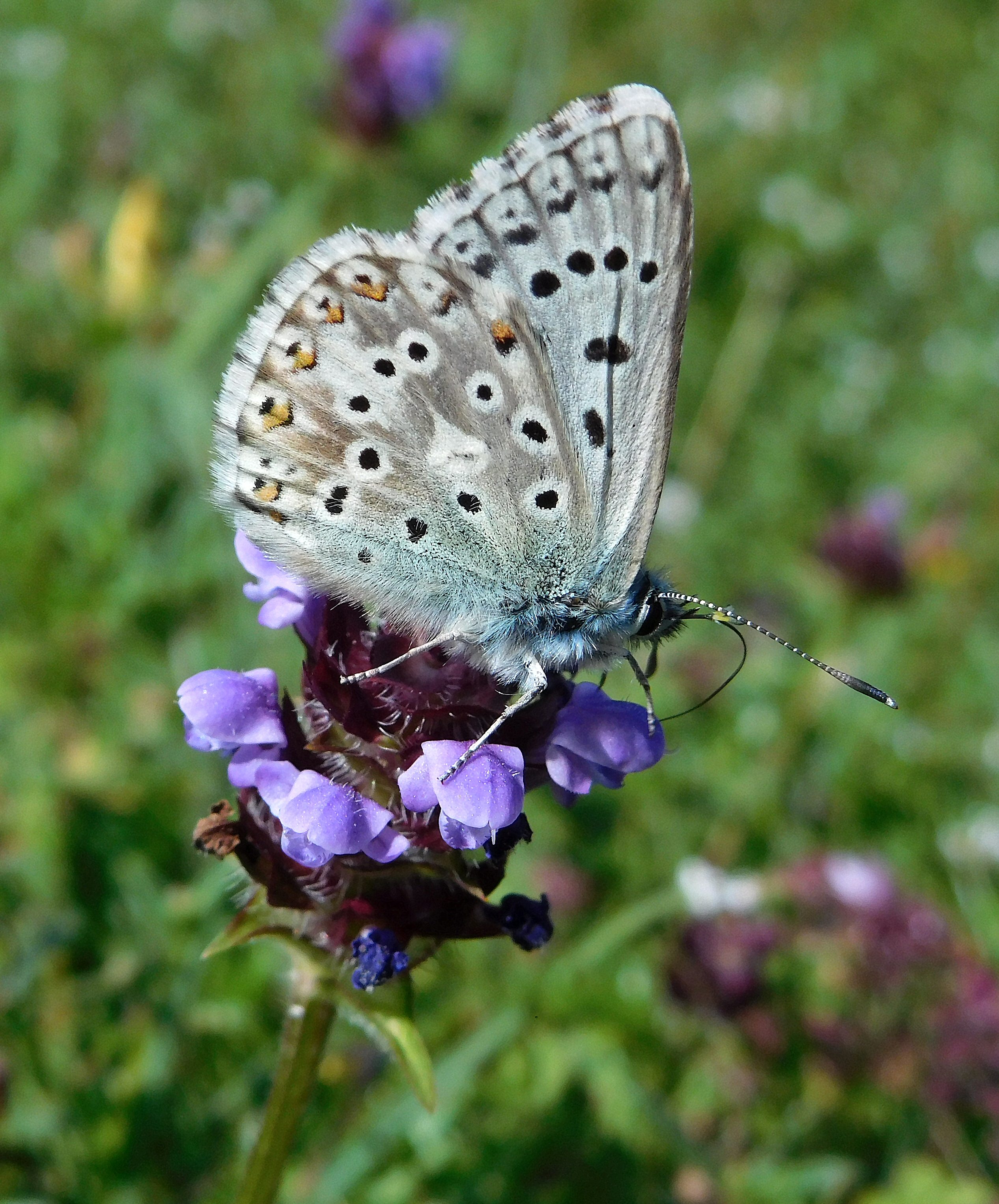
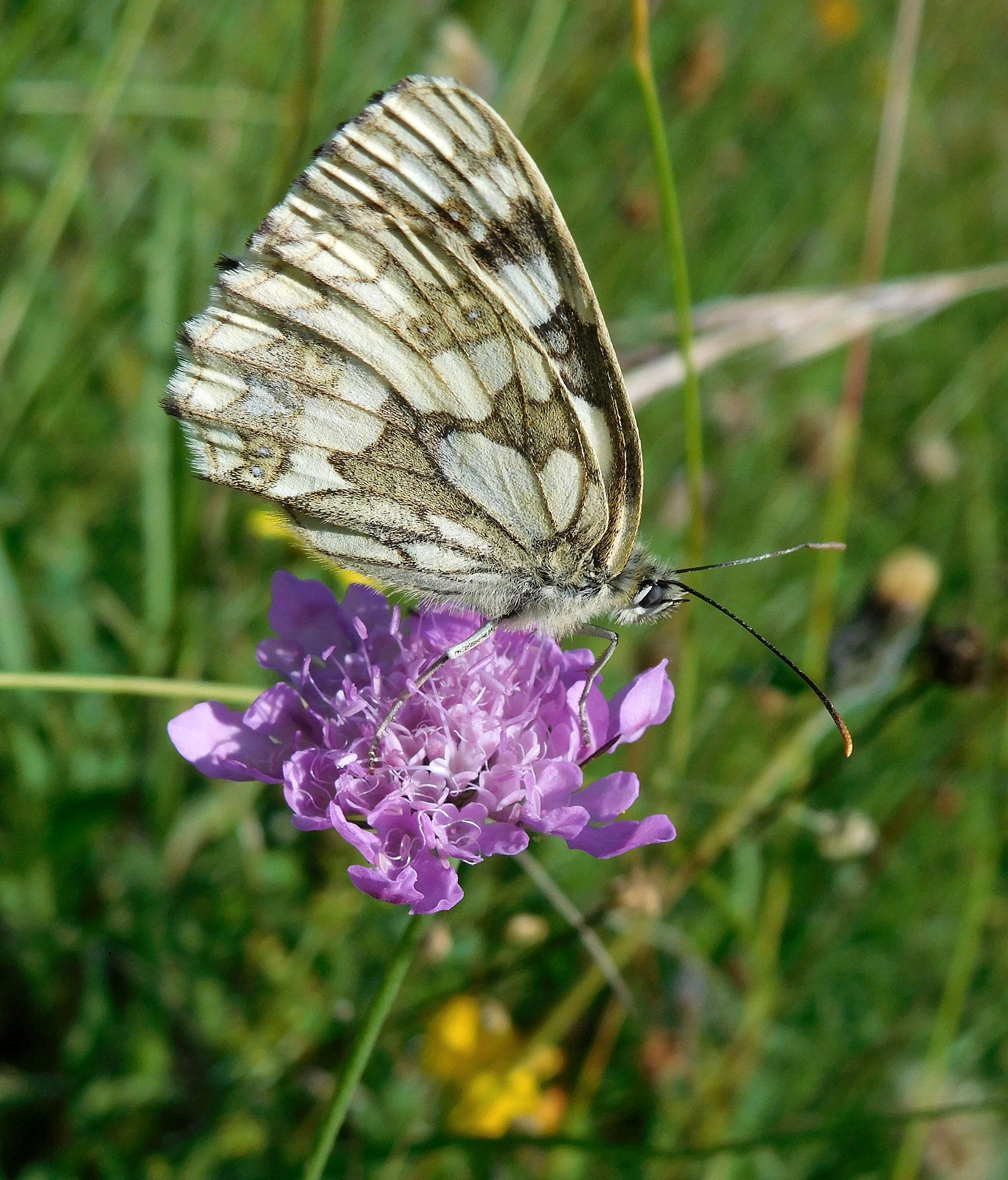
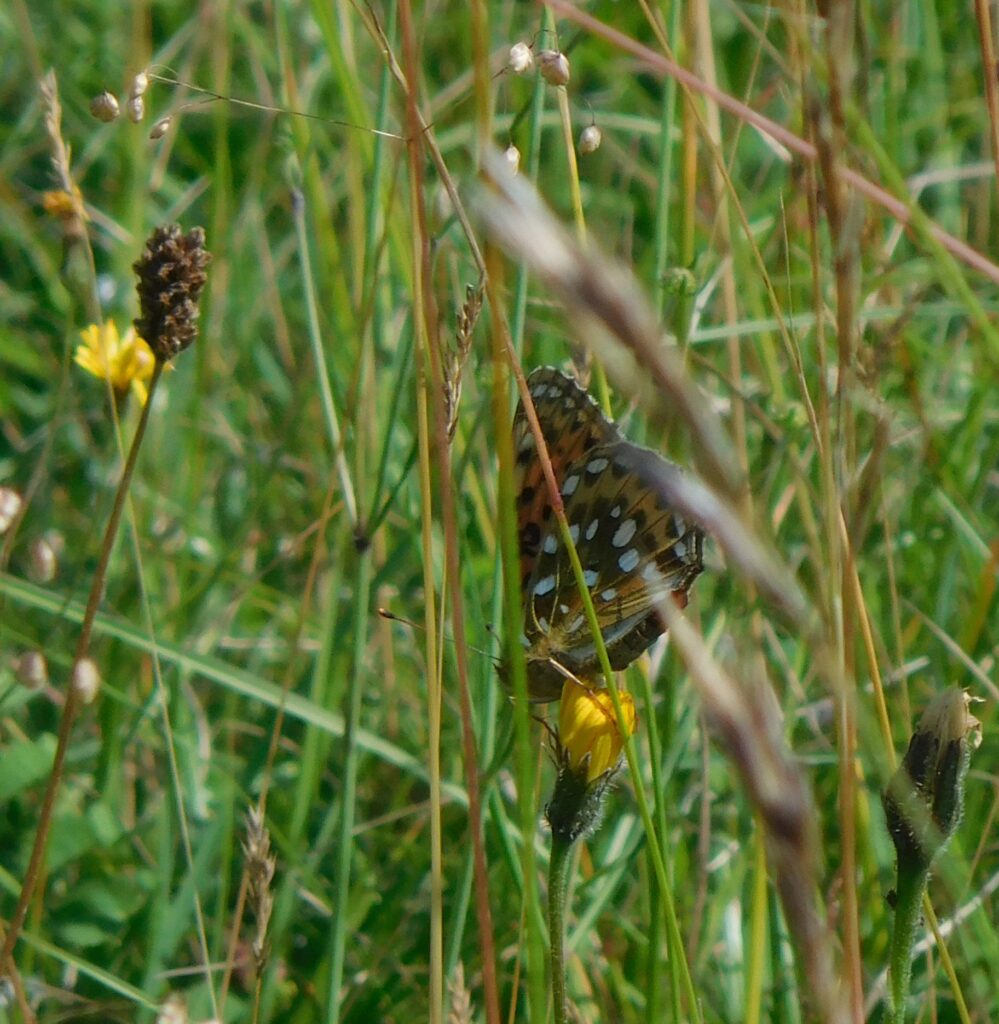
There were also Small Whites, Meadow Browns, Gatekeepers, Small Skippers, and possibly Chalkhill Blues about.
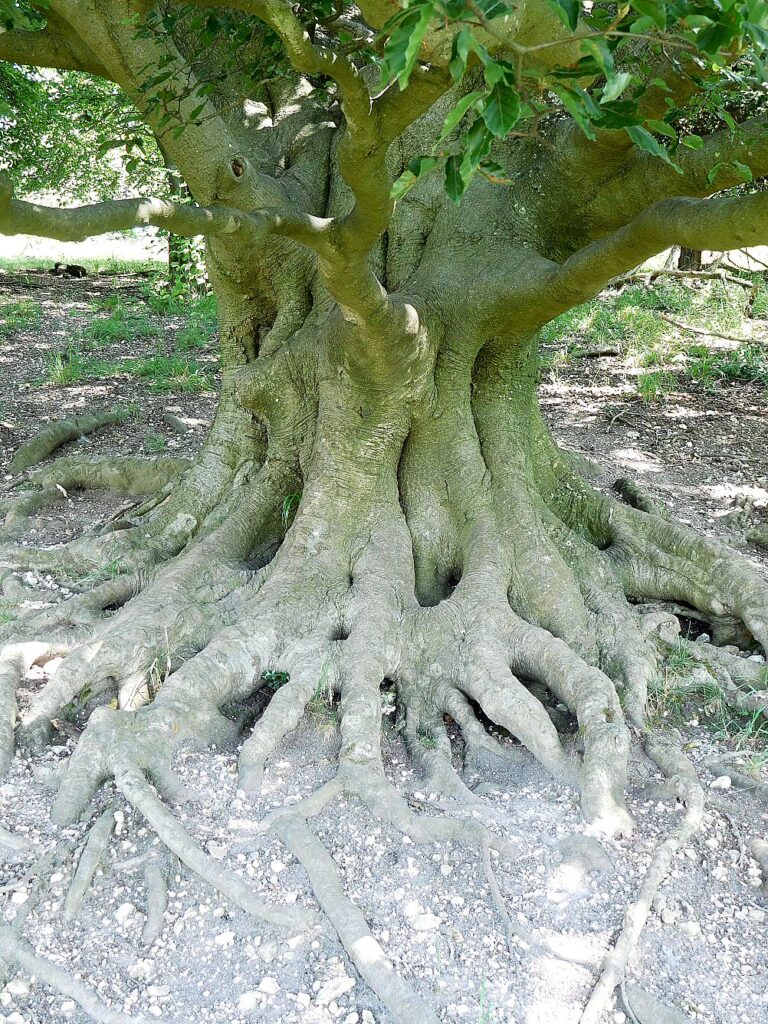
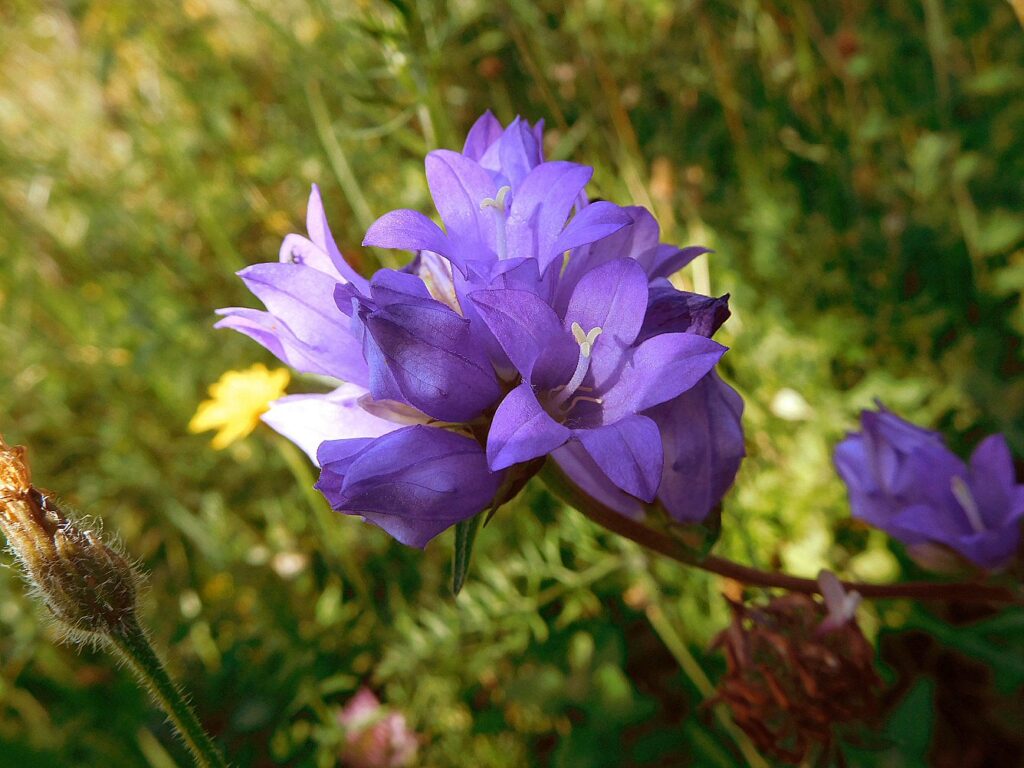











There were also Small Whites, Meadow Browns, Gatekeepers, Small Skippers, and possibly Chalkhill Blues about.


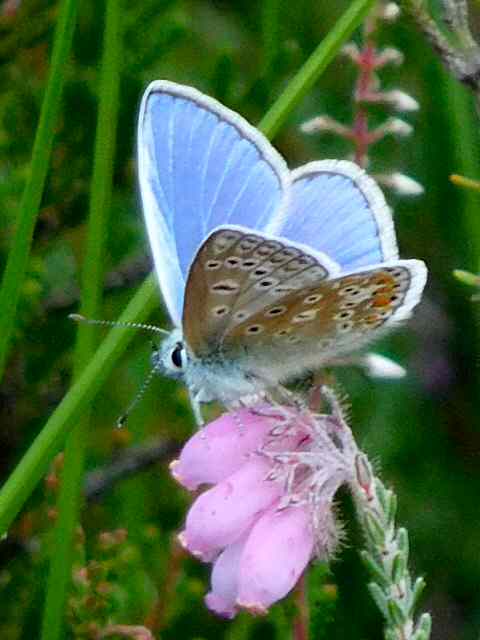
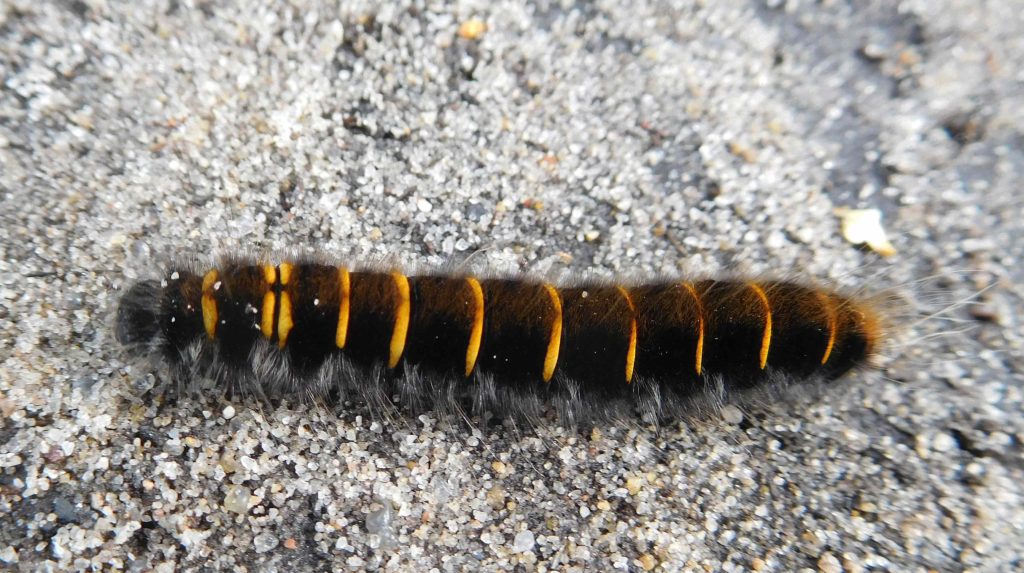
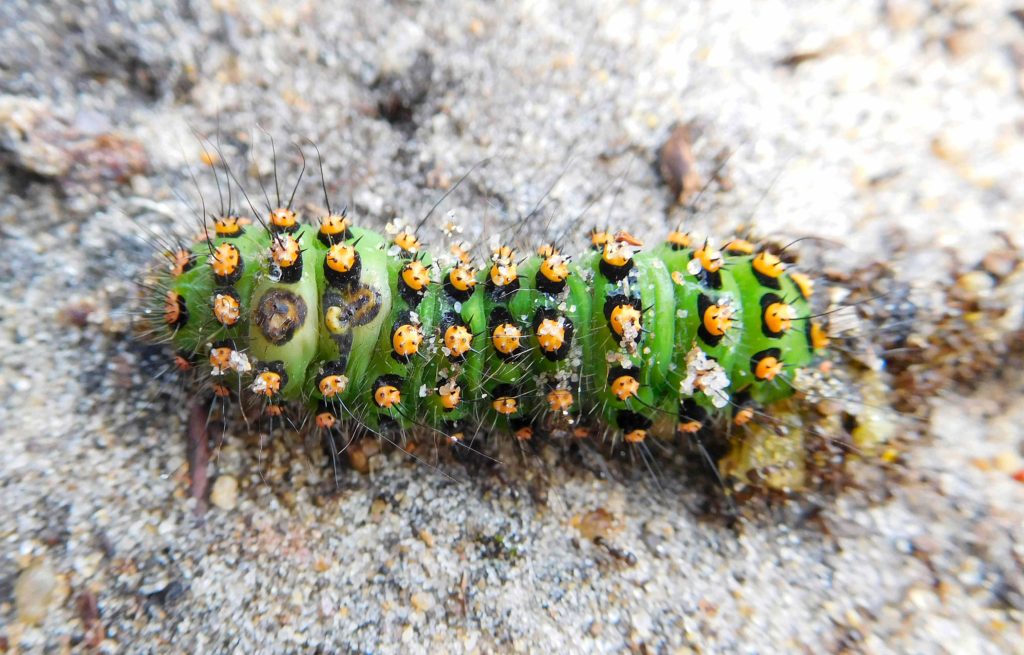
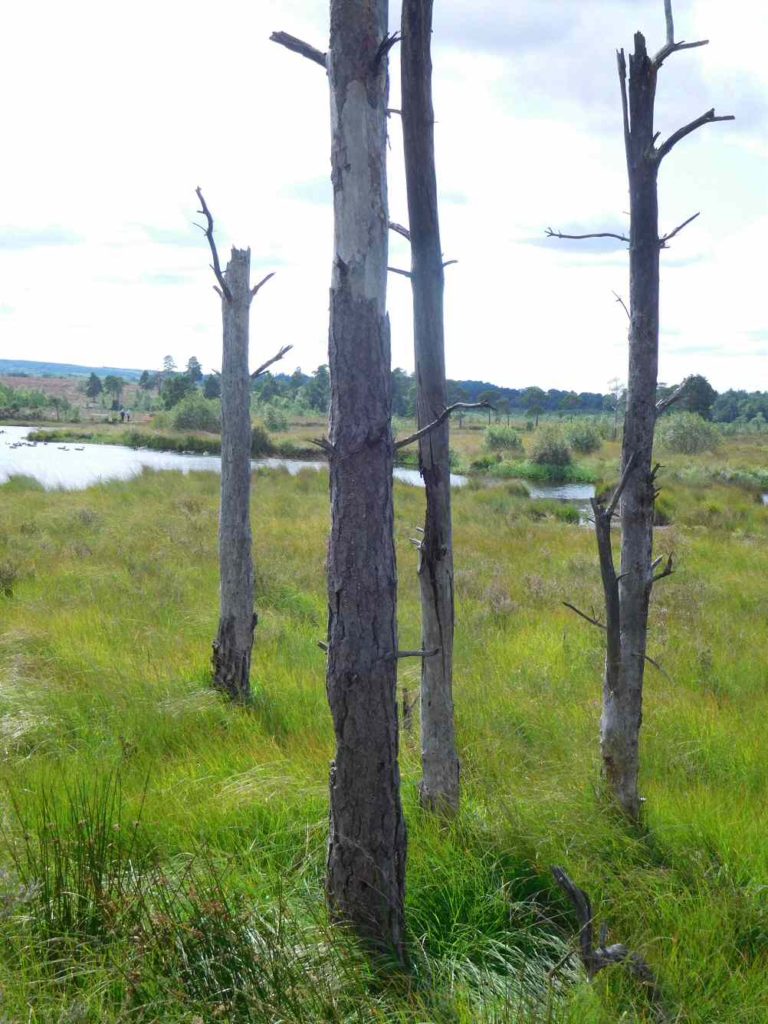
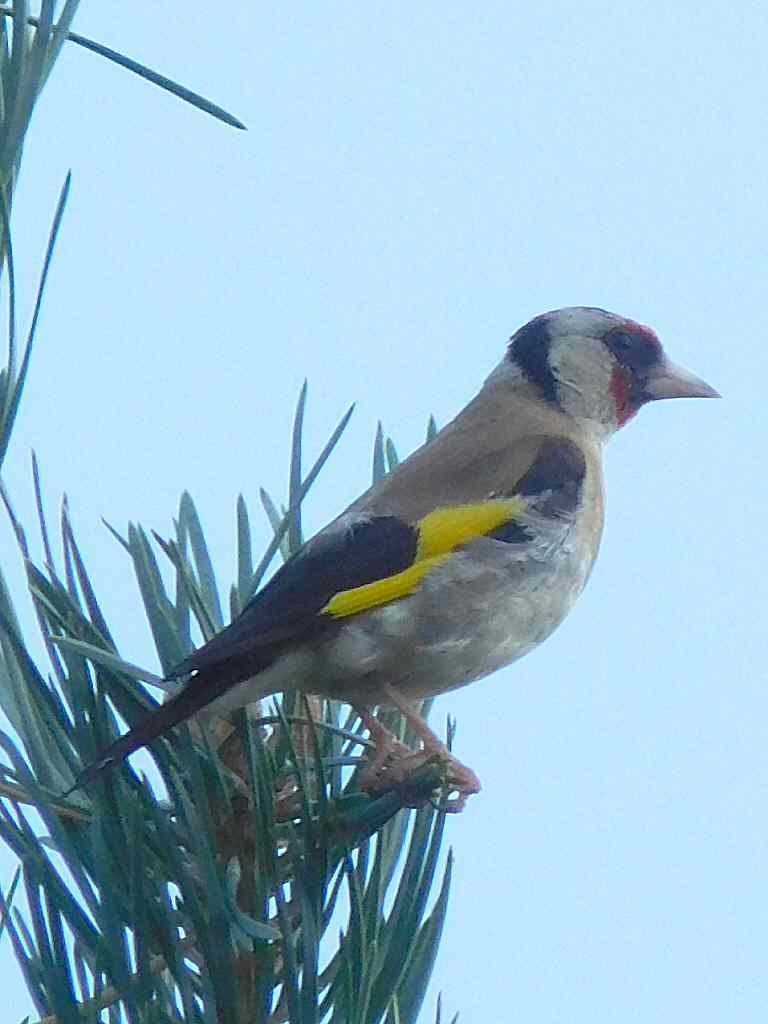
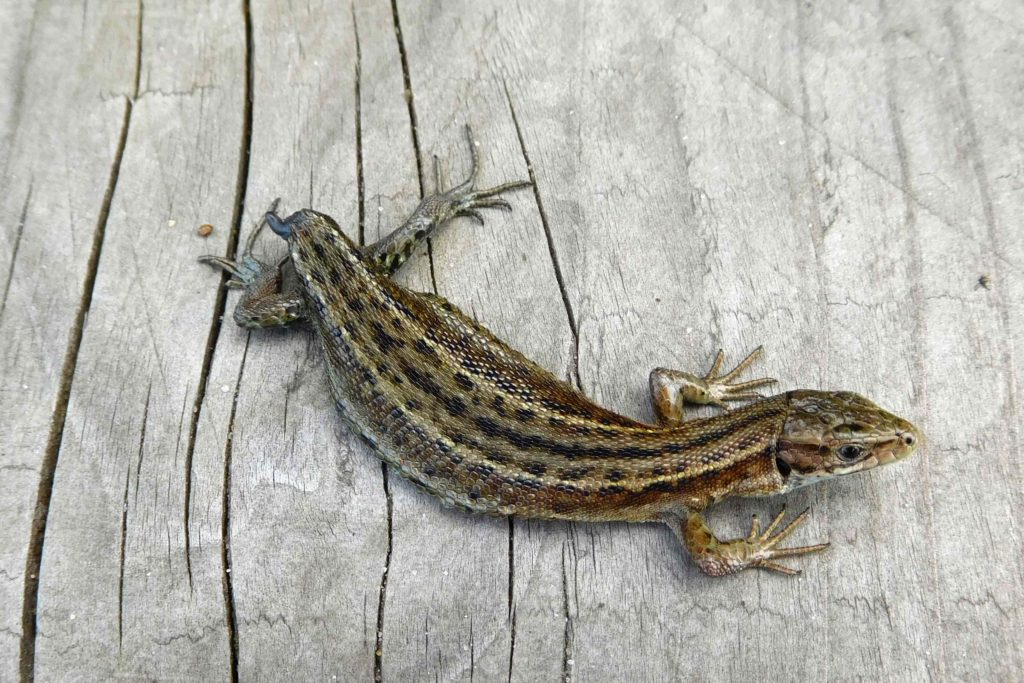
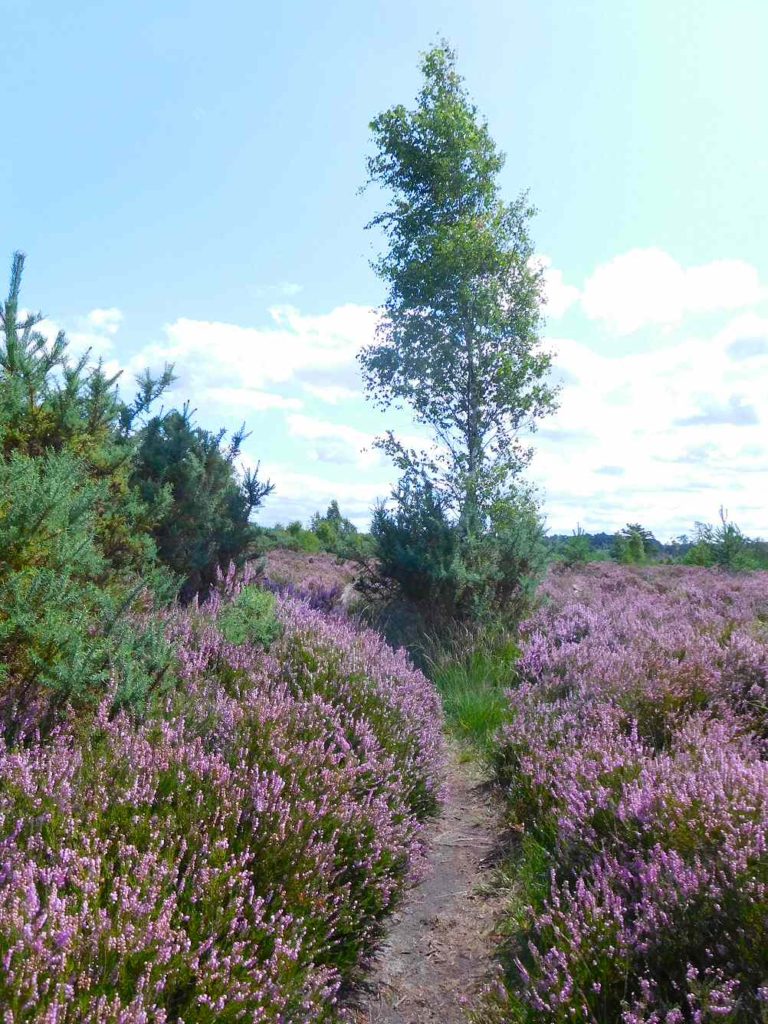
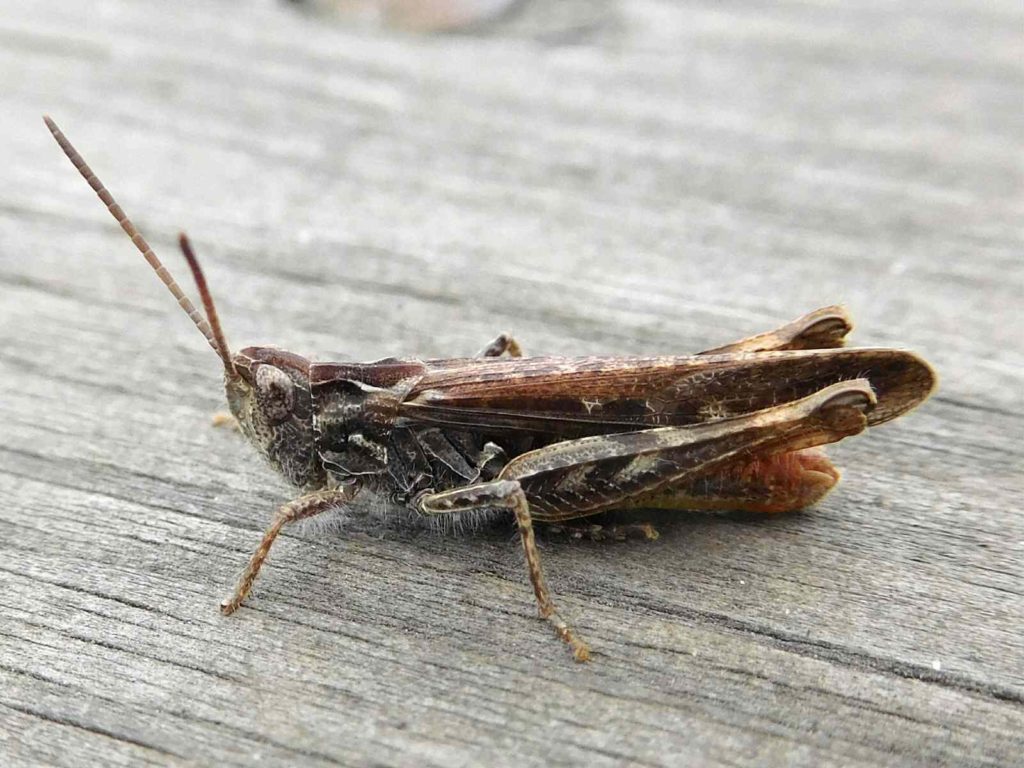
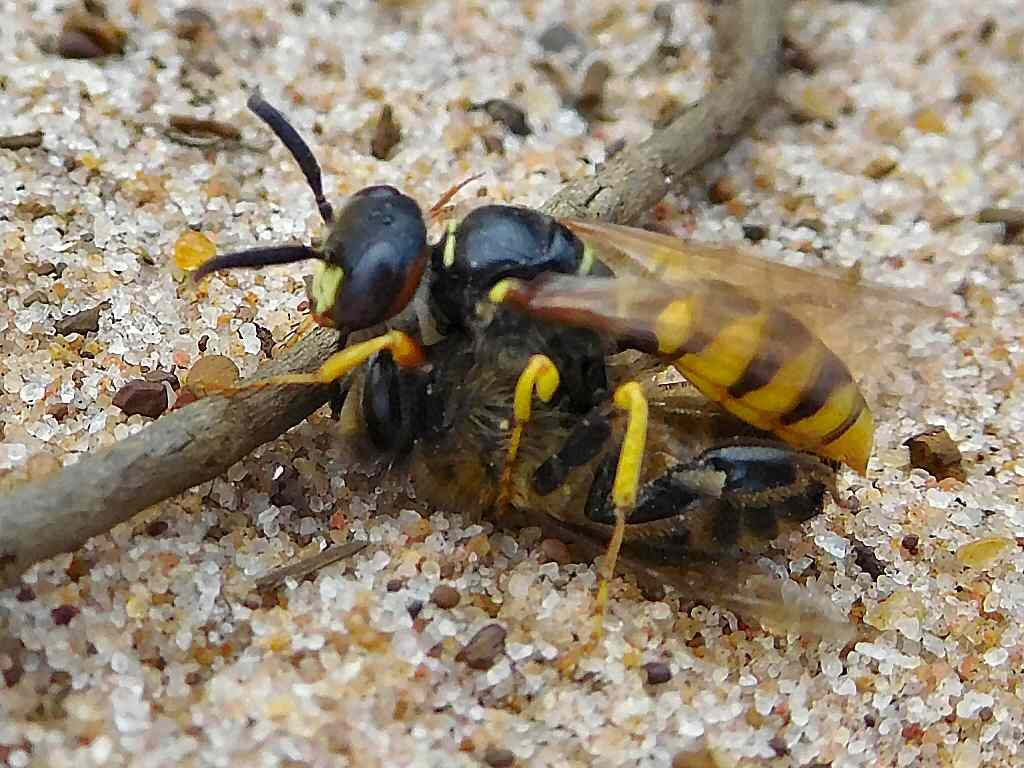
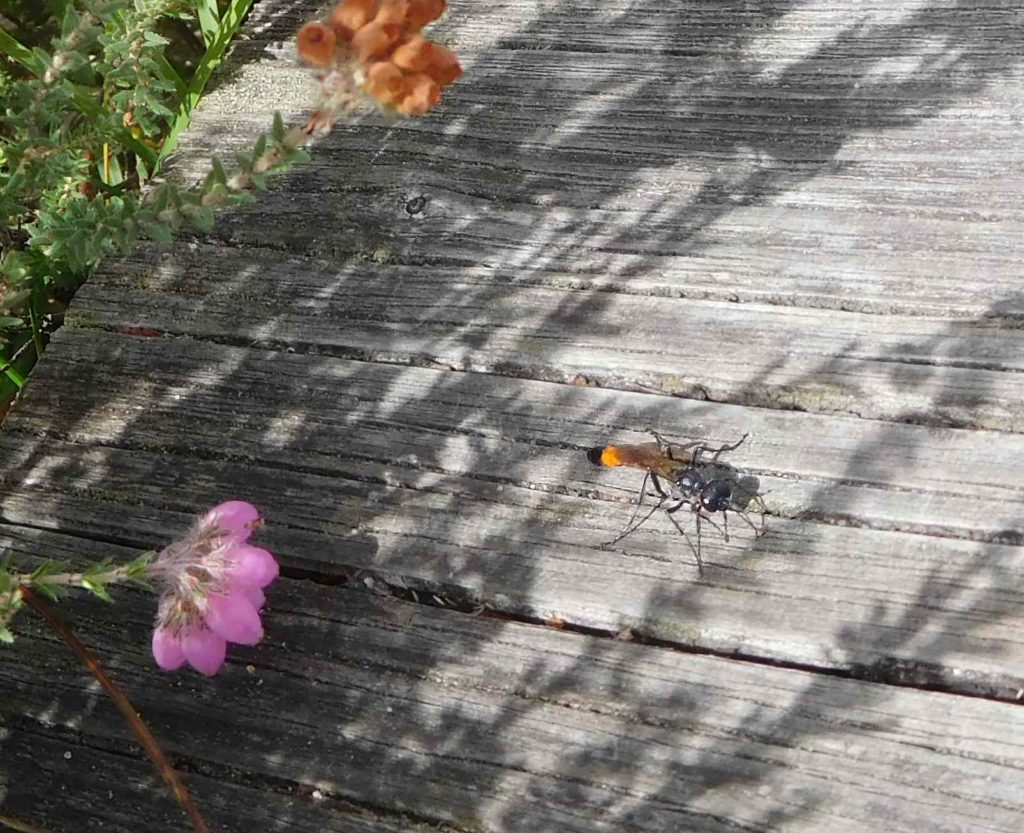
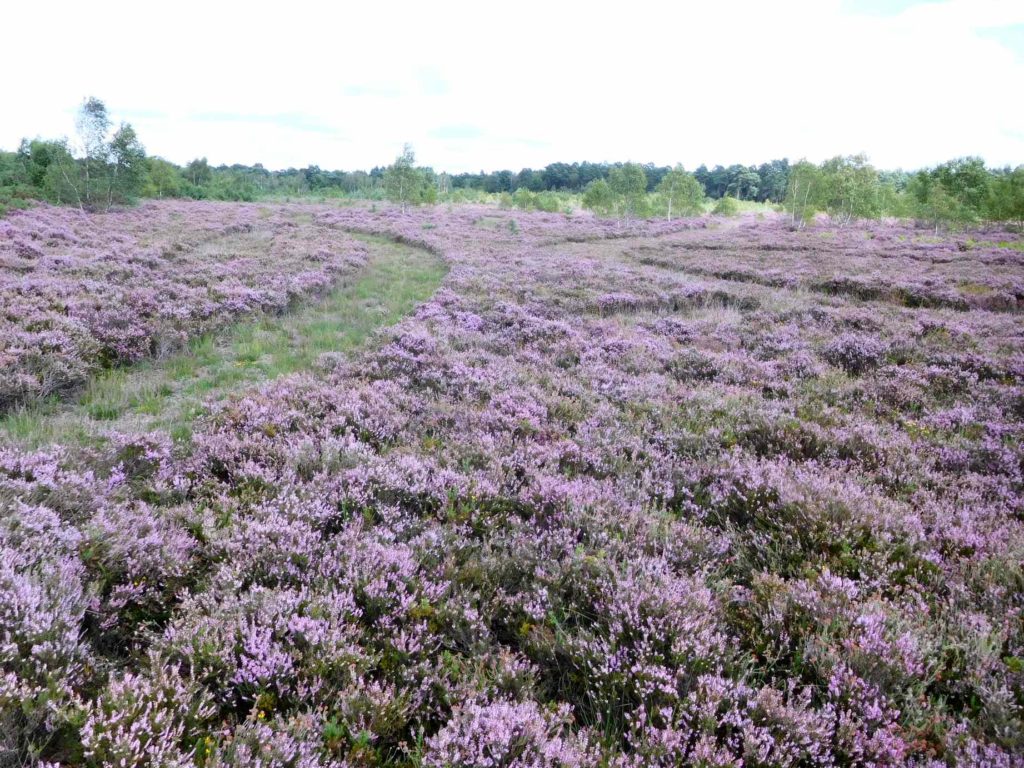
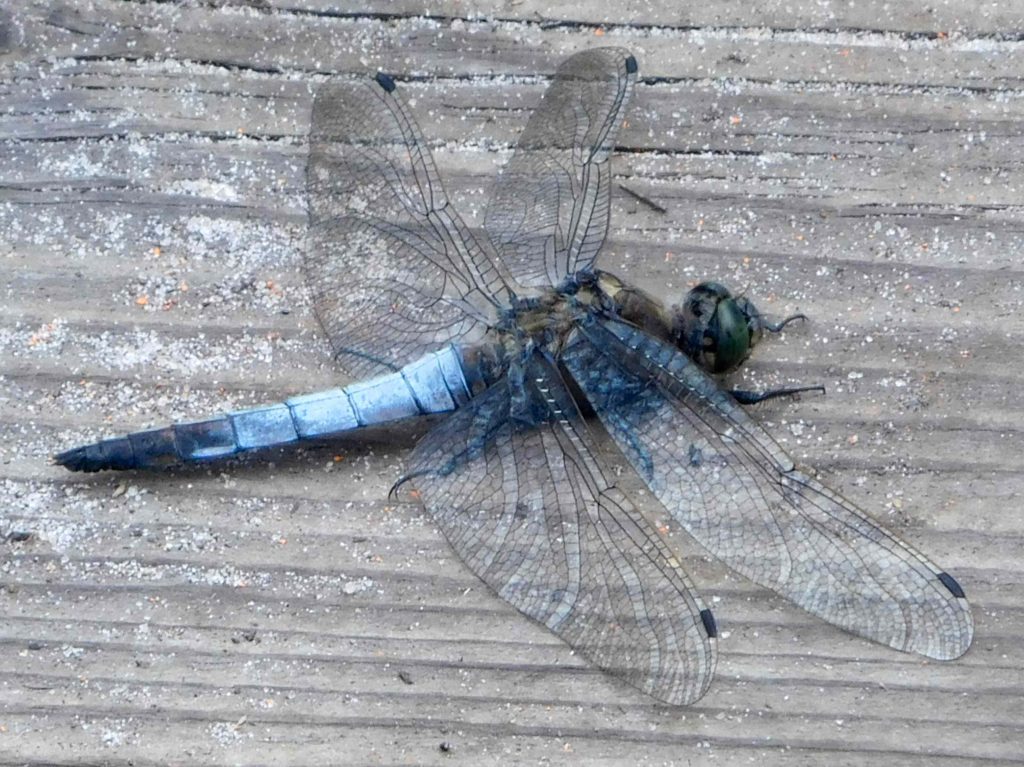
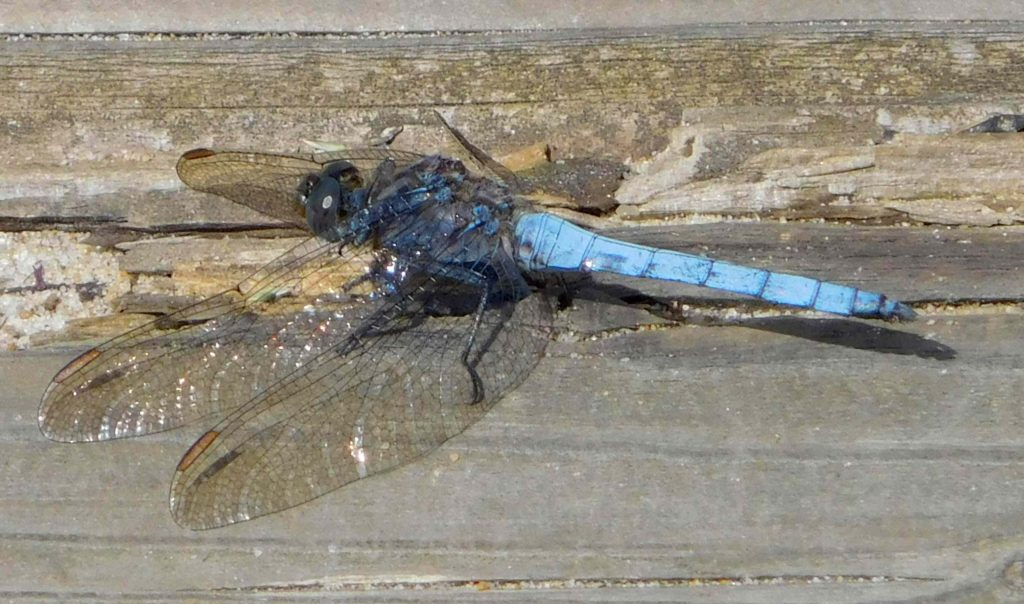
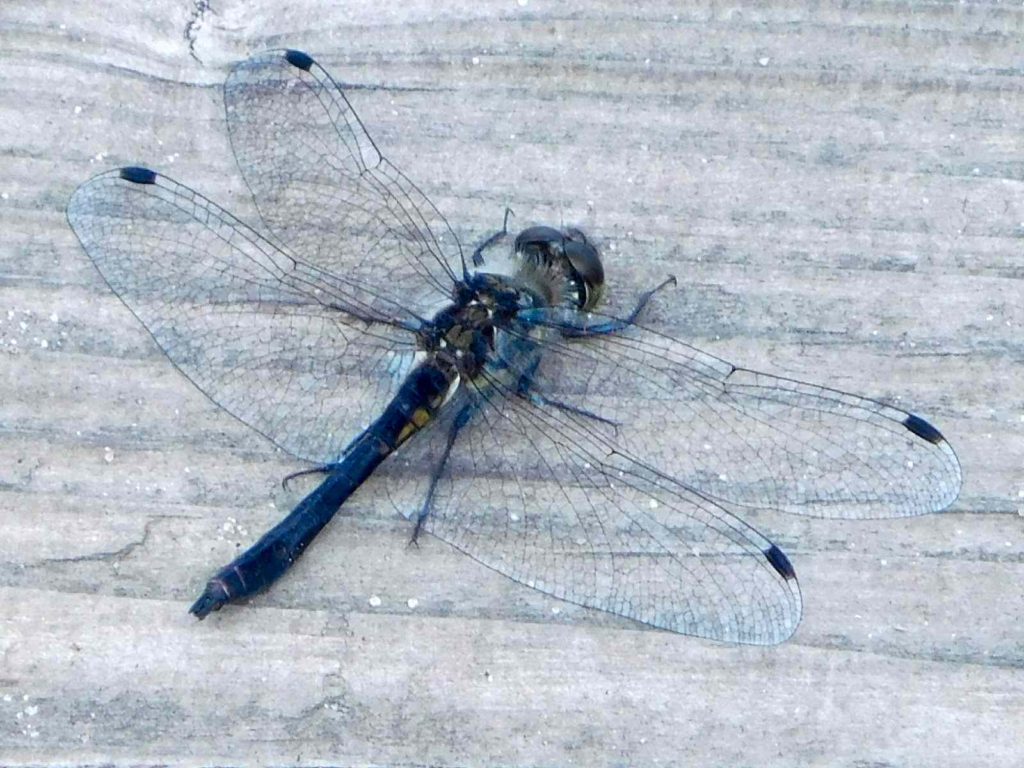
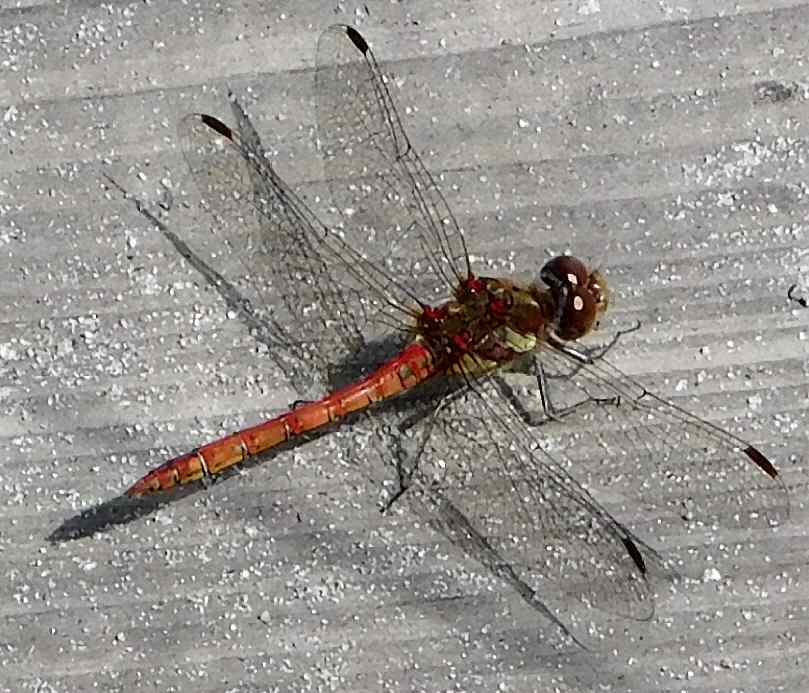
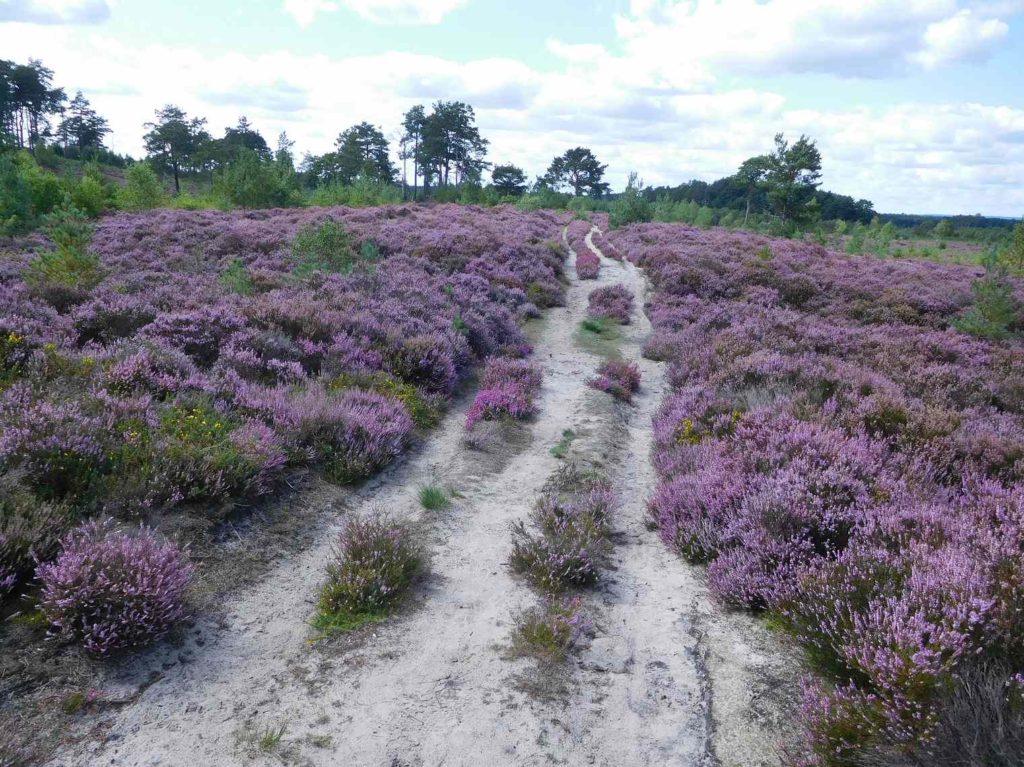
Also saw Common Blue Damselfly, Southern Hawker, Emperor Dragonfly.
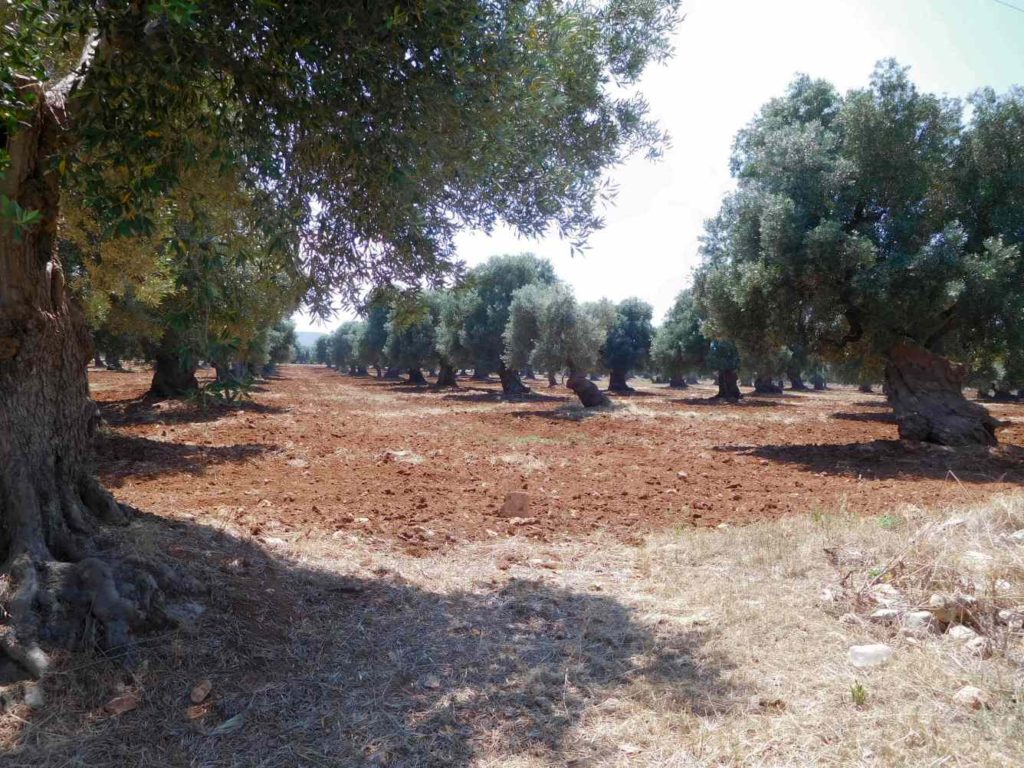
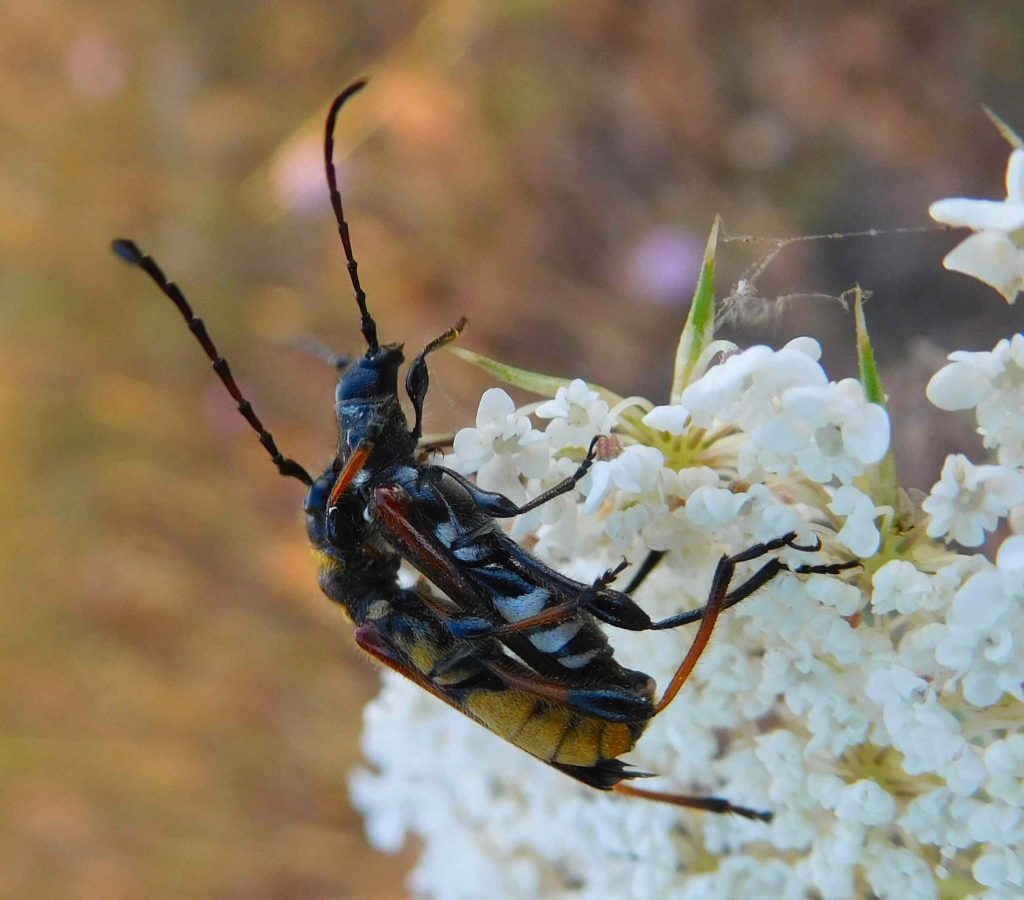

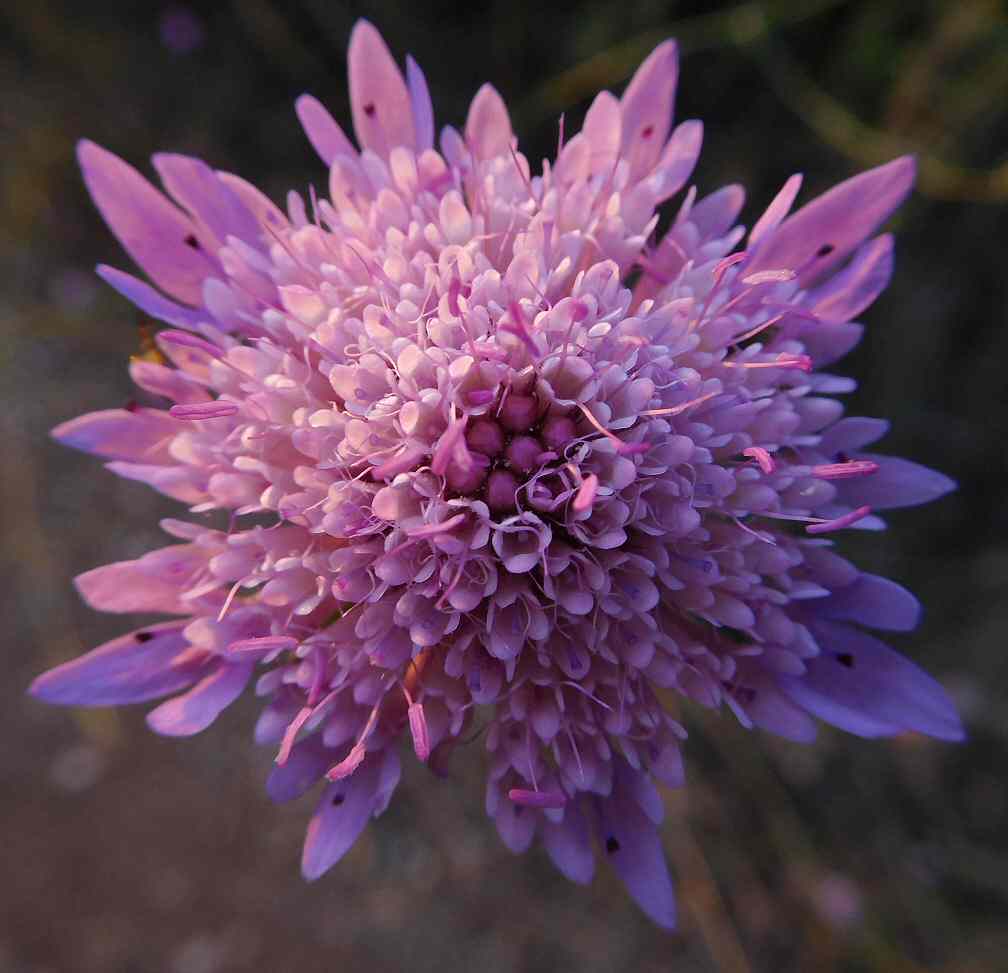
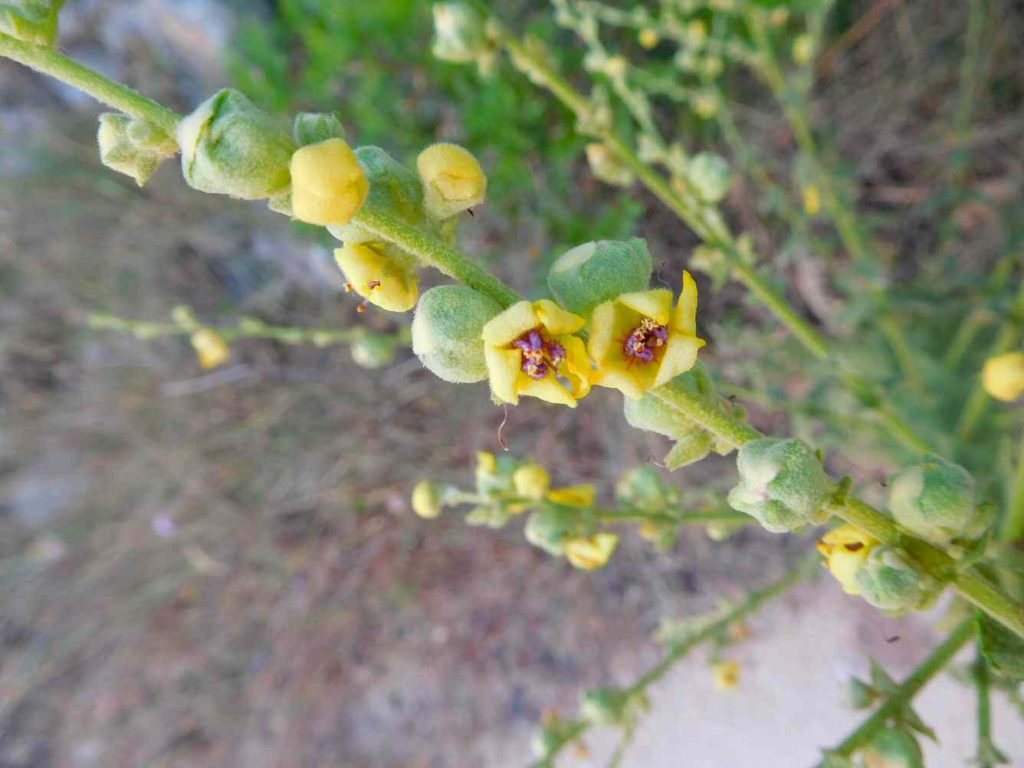
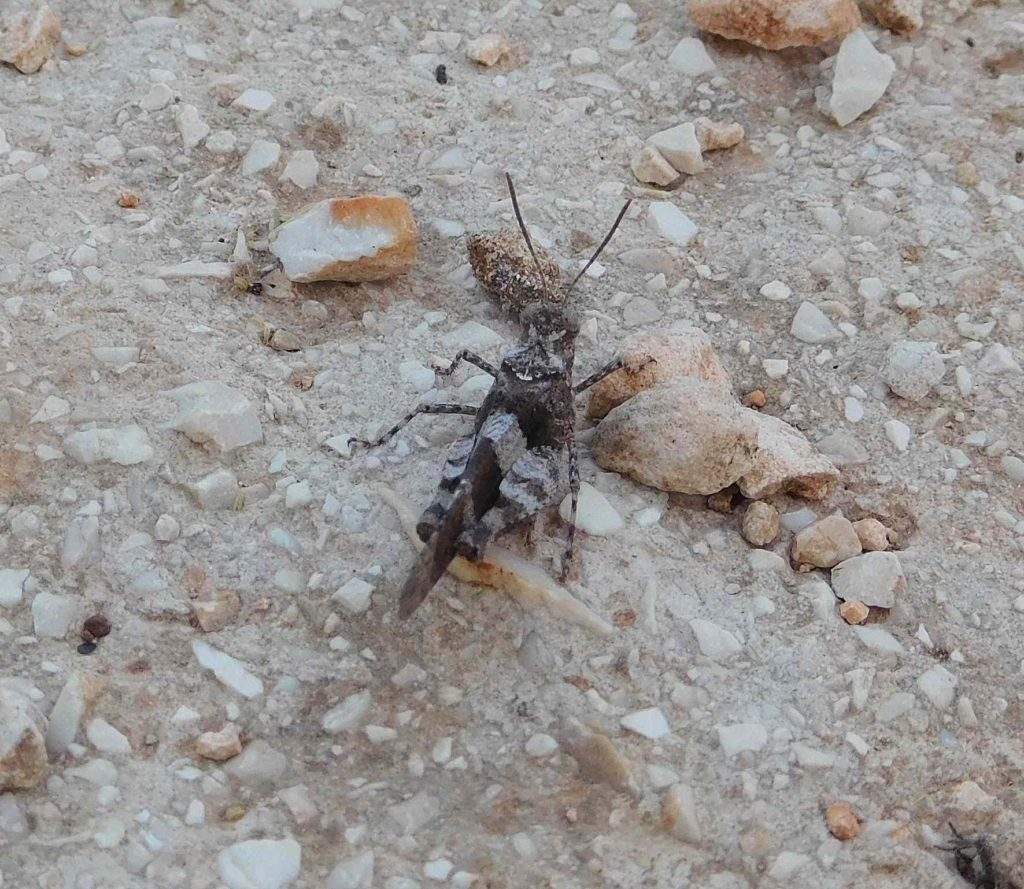
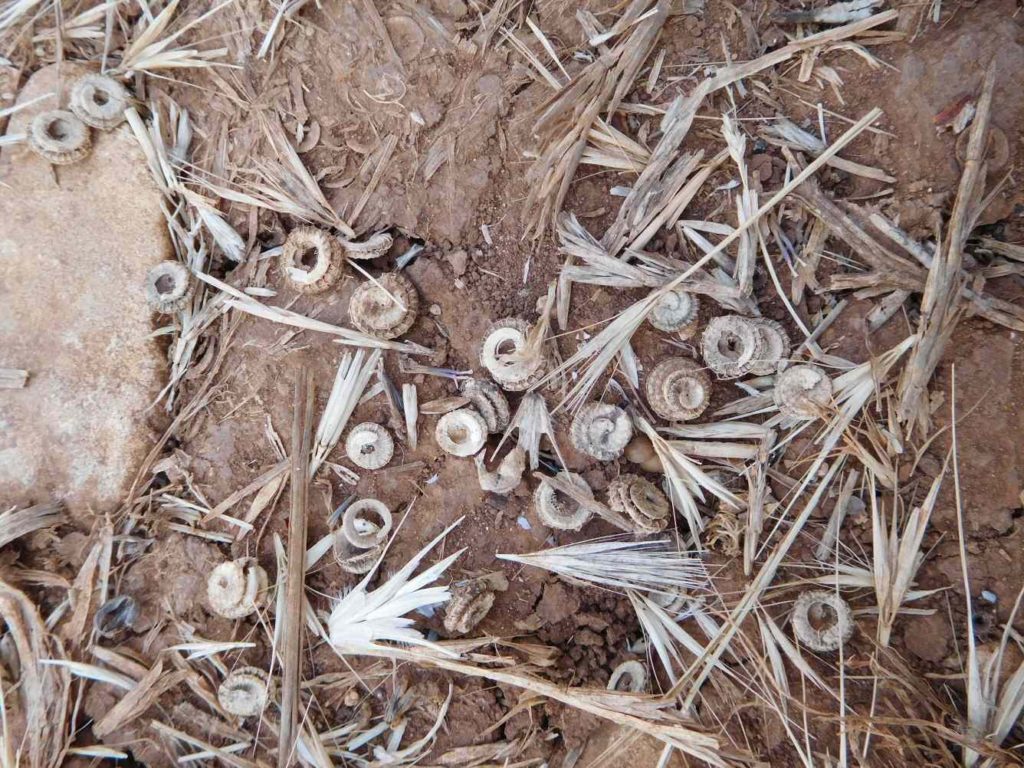
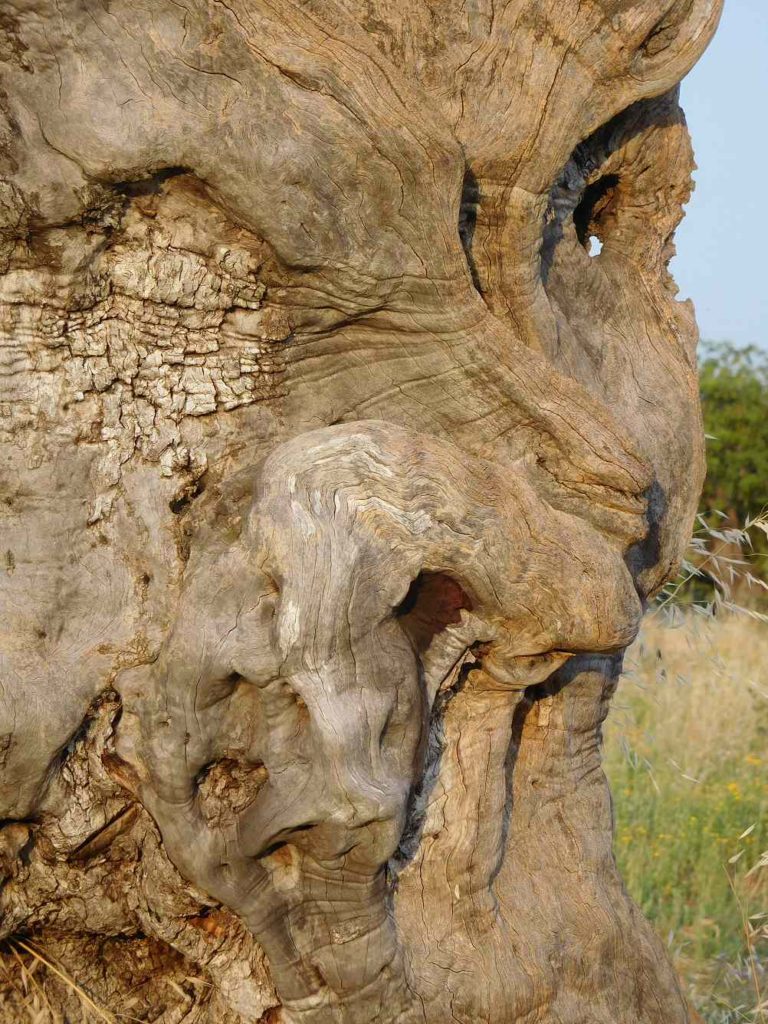
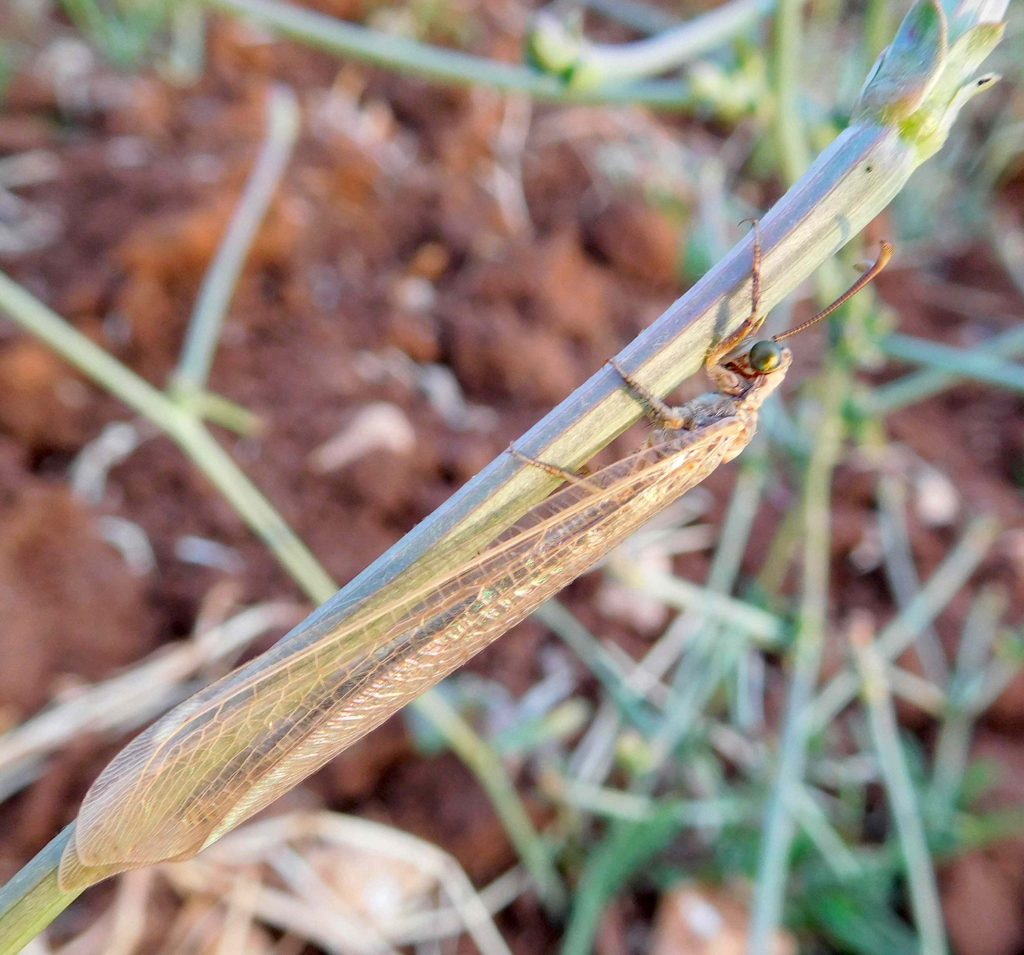
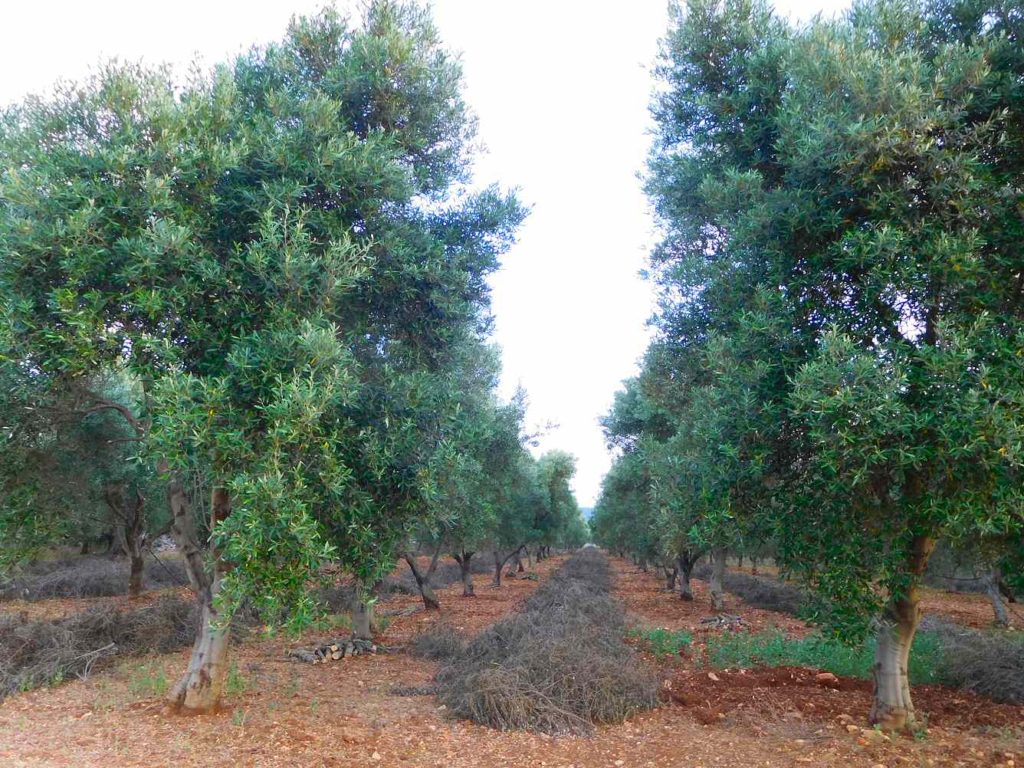
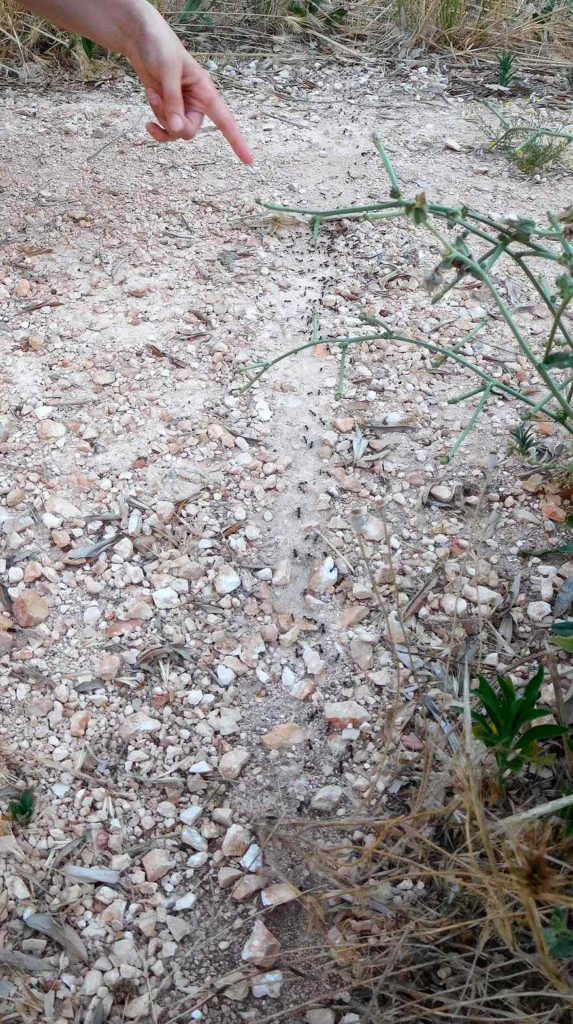
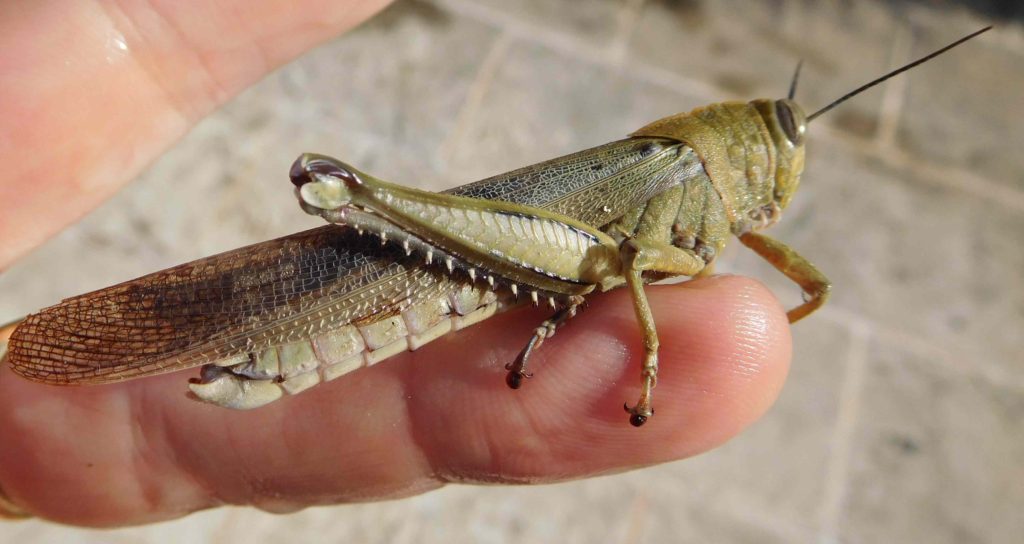
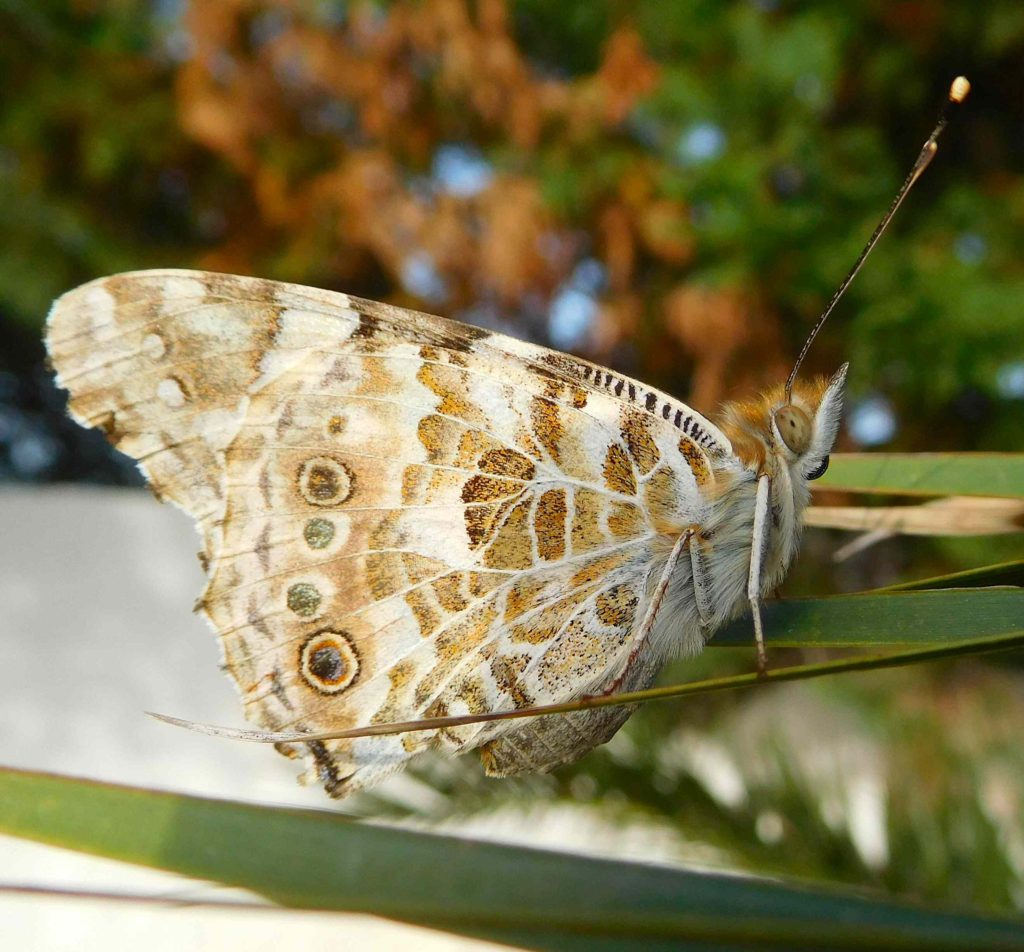
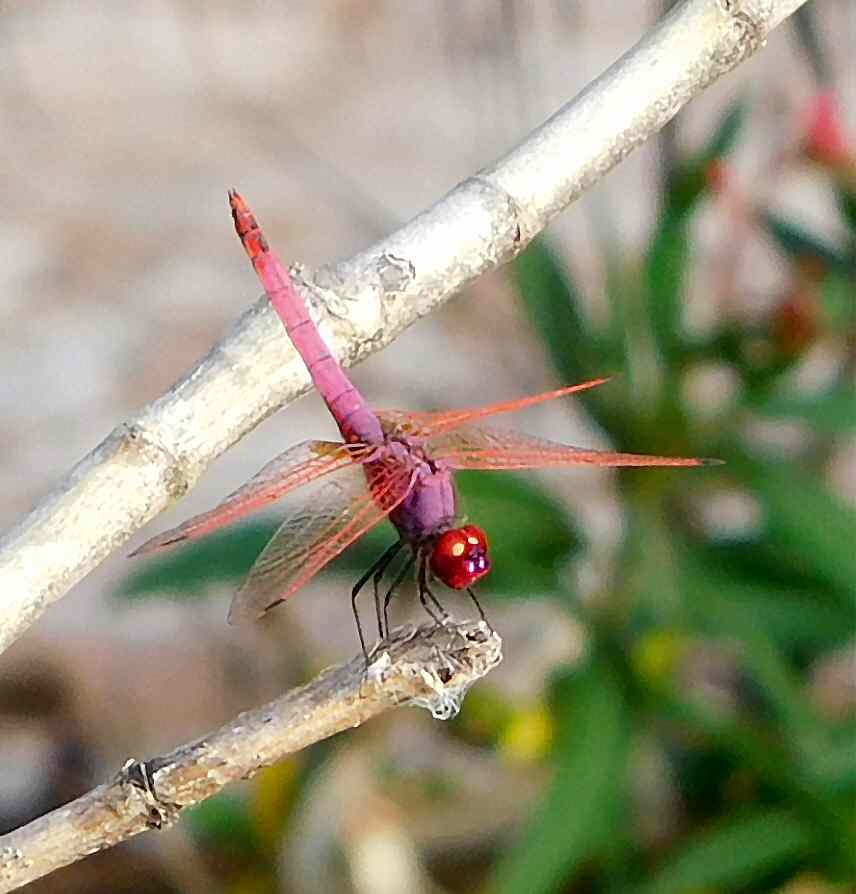
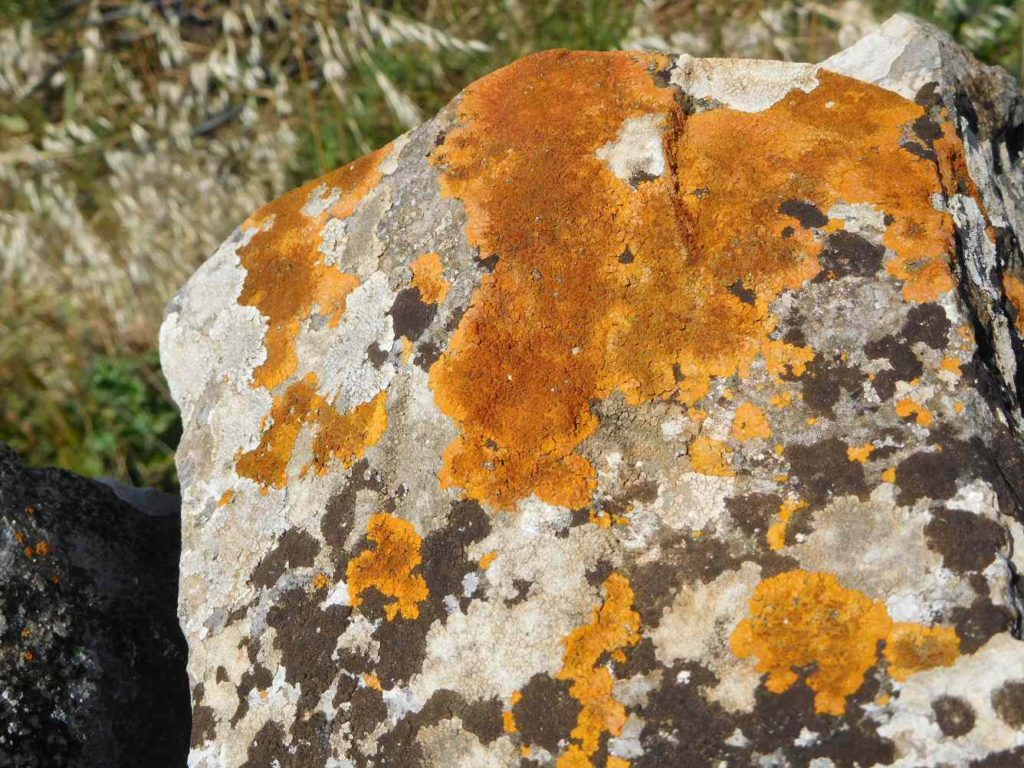
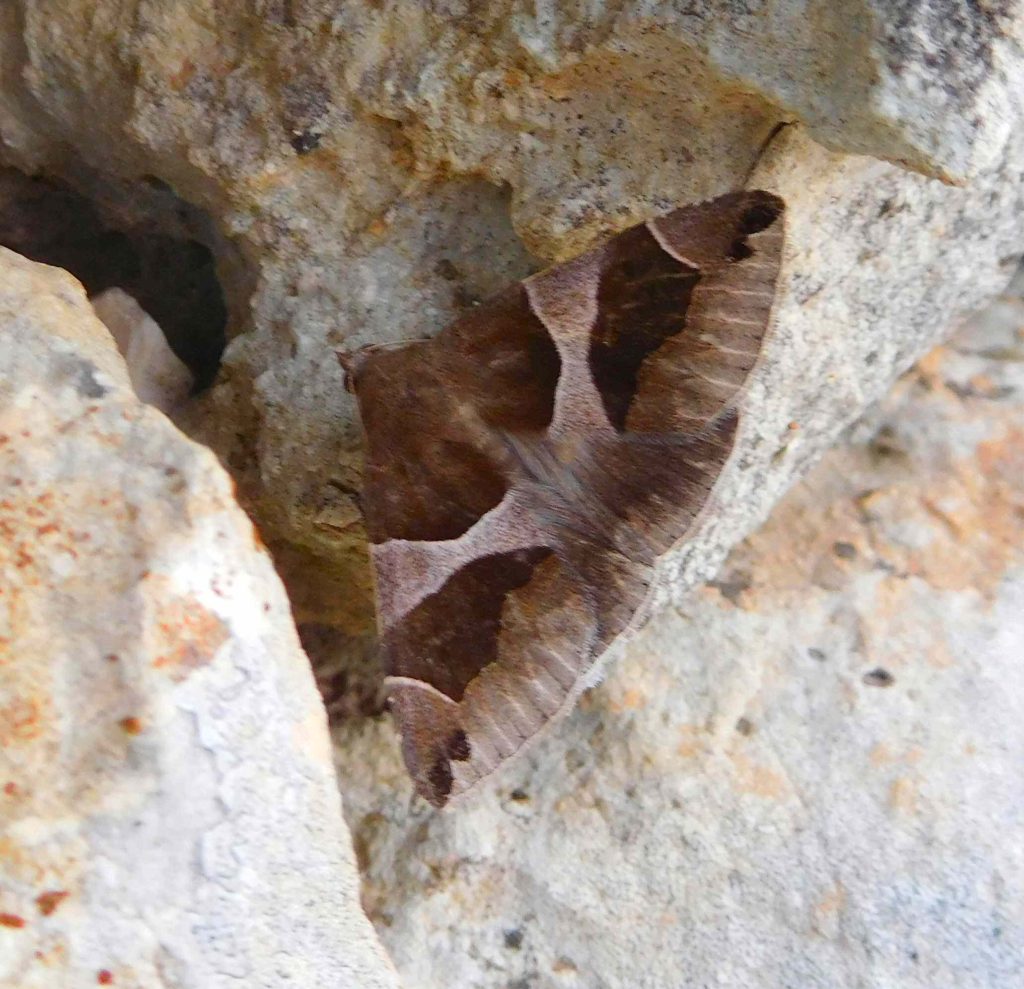
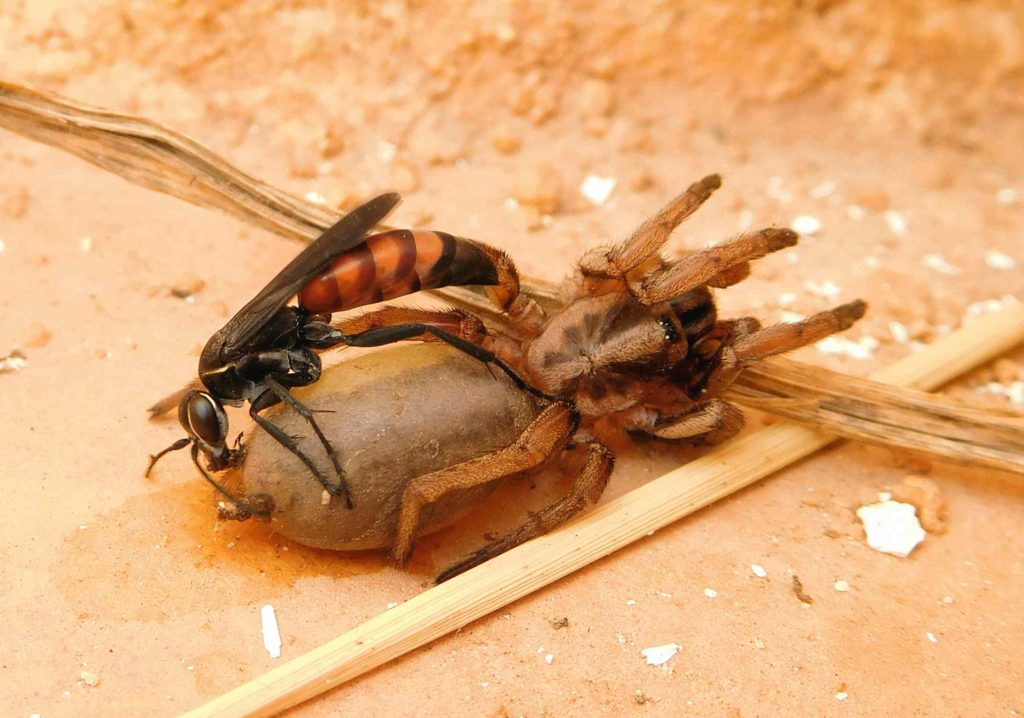

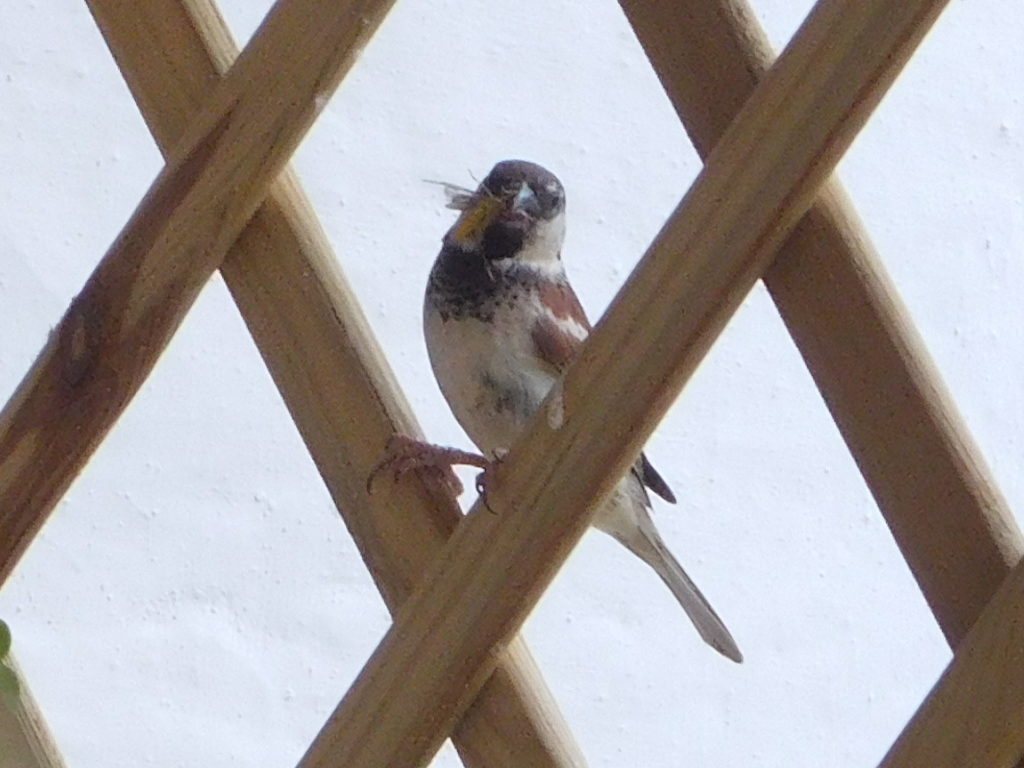
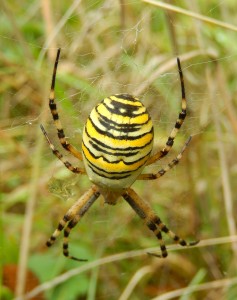
Right in front of Mike the new conservation officer was a Wasp Spider. Of course, arriving late after working on scenarios for the new hut, I noticed it – her – before he did. The species only arrived in Britain about 15 years ago, and it’s certainly spreading.
Anthill ants are supposed to be minute, yellow, and never appear above ground. If so, these weren’t them. While we were digging brambles out of the anthill meadow, as gently as possible because the anthills are said to be one of the best features of the reserve, we couldn’t help disturbing some nesting ants a little. They seem to be black with grey abdomens; and as you can see, they quickly picked up their white cocoons and carried them off to safety. They certainly look as if they’re the owners of the anthills, but since the anthills are supposed to have been made by little yellow ants, perhaps the black-and-grey ones are just enjoying the resulting environment.
Several inch-long grasshoppers took a look at us.
While inveighing against all things Brussels, the English gentleman was able to take the fullest advantage of the Common Agricultural Policy, developing the agribusiness of the seventies and eighties, expanding subsidized yields by grubbing up hedges and copses, ploughing up verges and making vast stretches of monoculture kept sterile by aerial doses of pesticide. As a result, millions who grew up before this onslaught mourn the loss of grasshoppers, skylarks, the songthrush, even the common [house] sparrow, and many unseen others, which their children will never know. The countryside of Shakespeare and his successors in all the arts, Vaughan Williams’s ‘The Lark Ascending’, for instance, no longer has a true point of reference.
 — Maureen Duffy. England. The Making of the Myth from Stonehenge to Albert Square. Fourth Estate, 2001. Page 250.
— Maureen Duffy. England. The Making of the Myth from Stonehenge to Albert Square. Fourth Estate, 2001. Page 250.